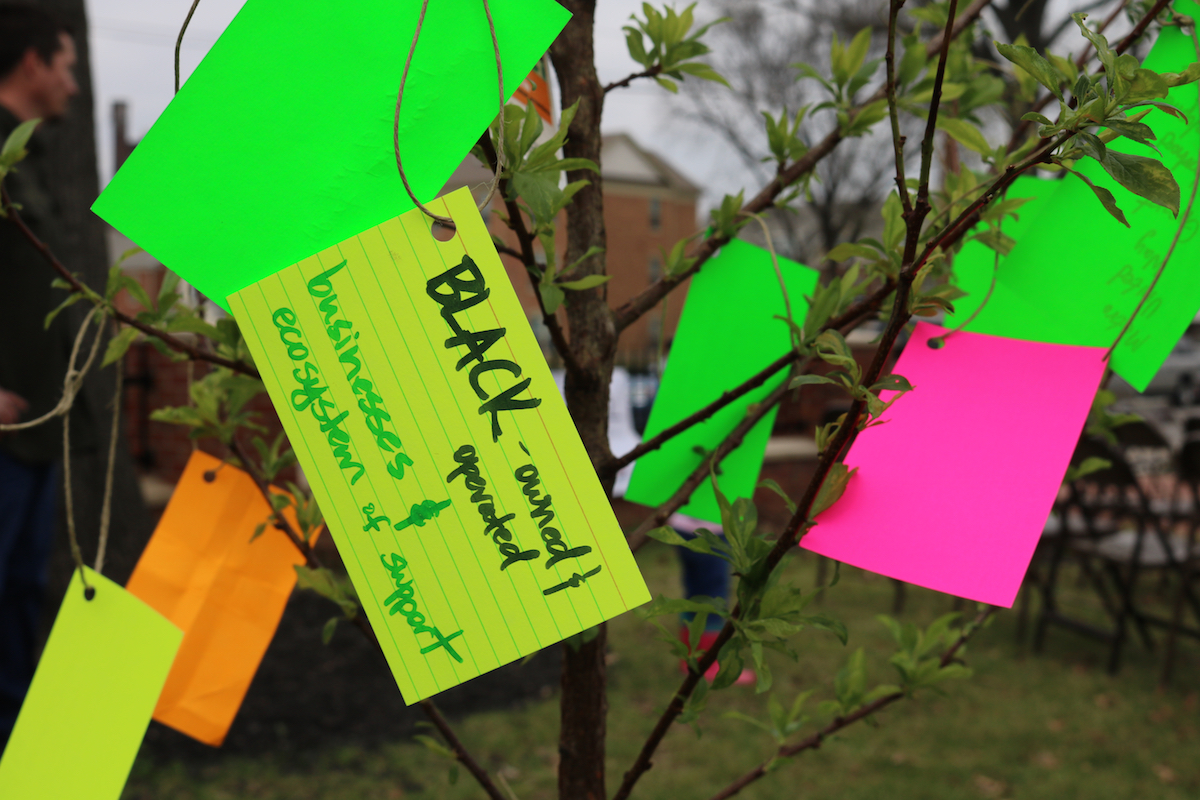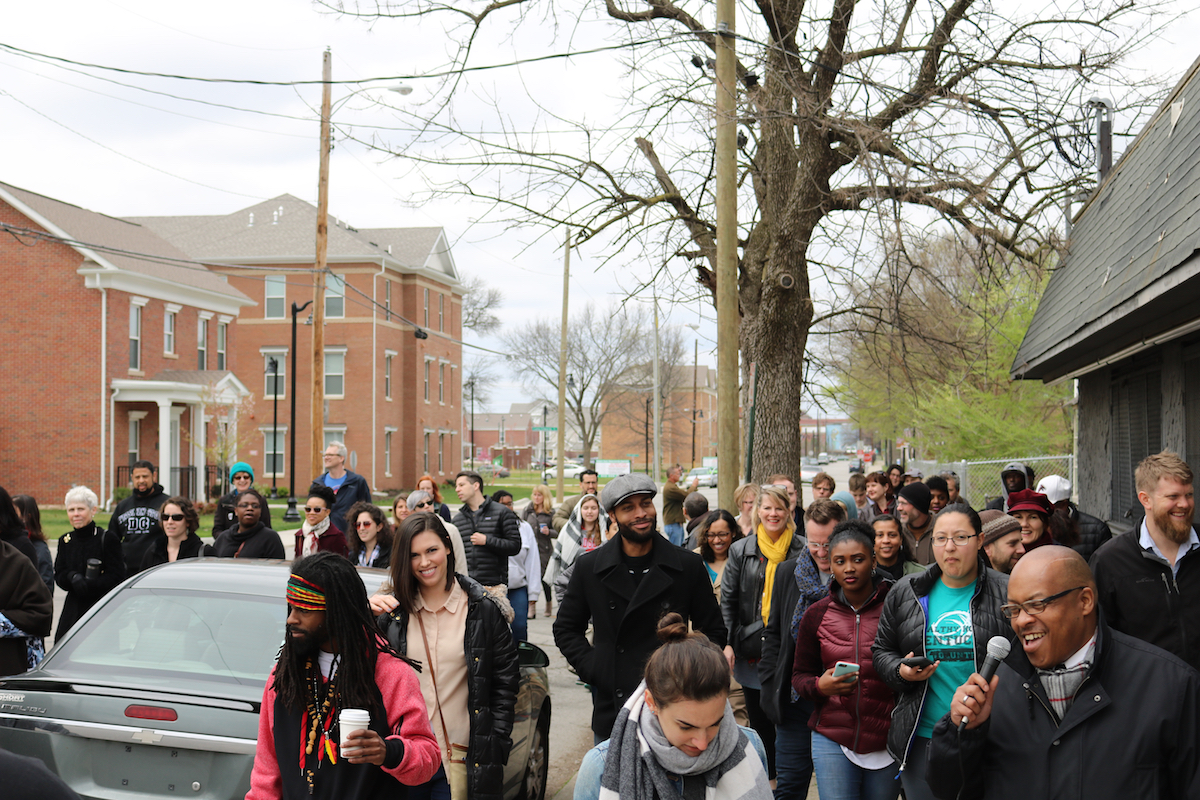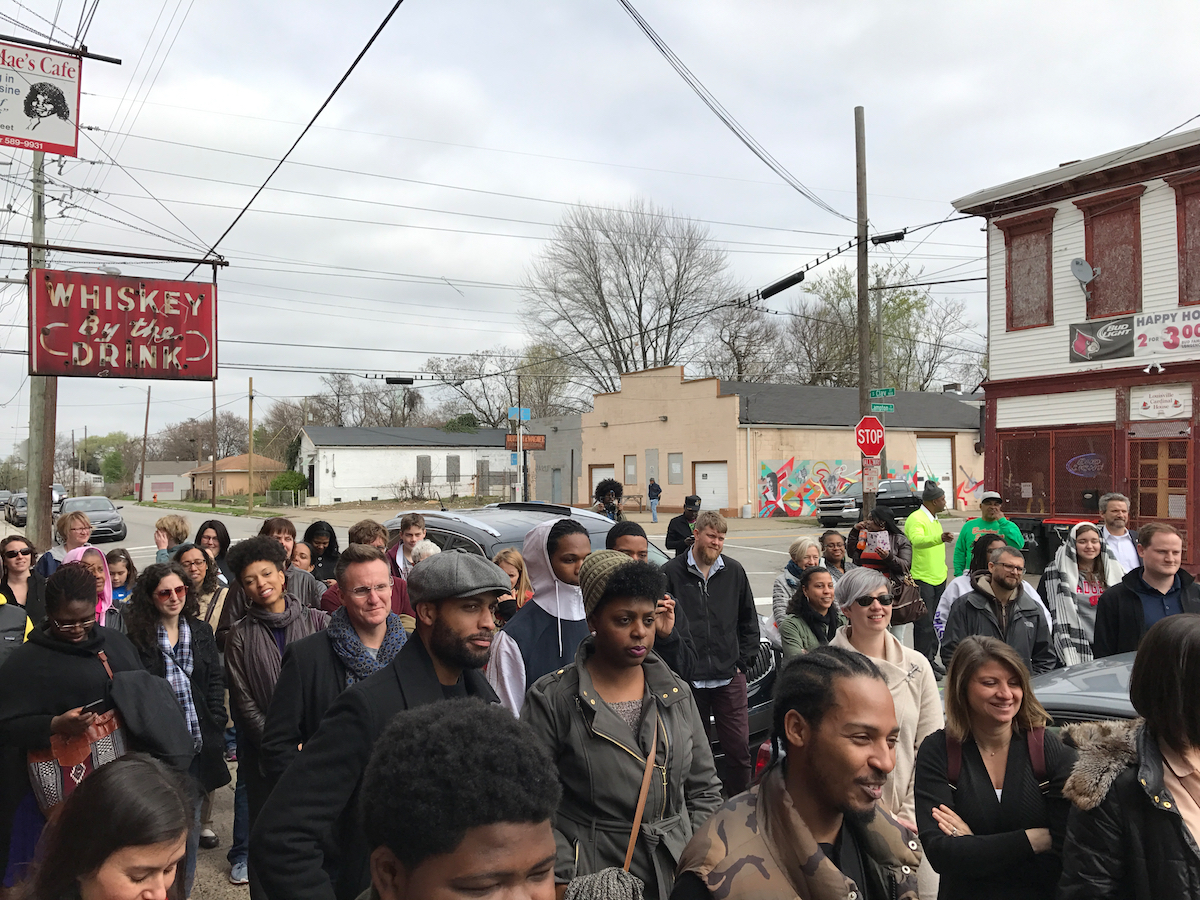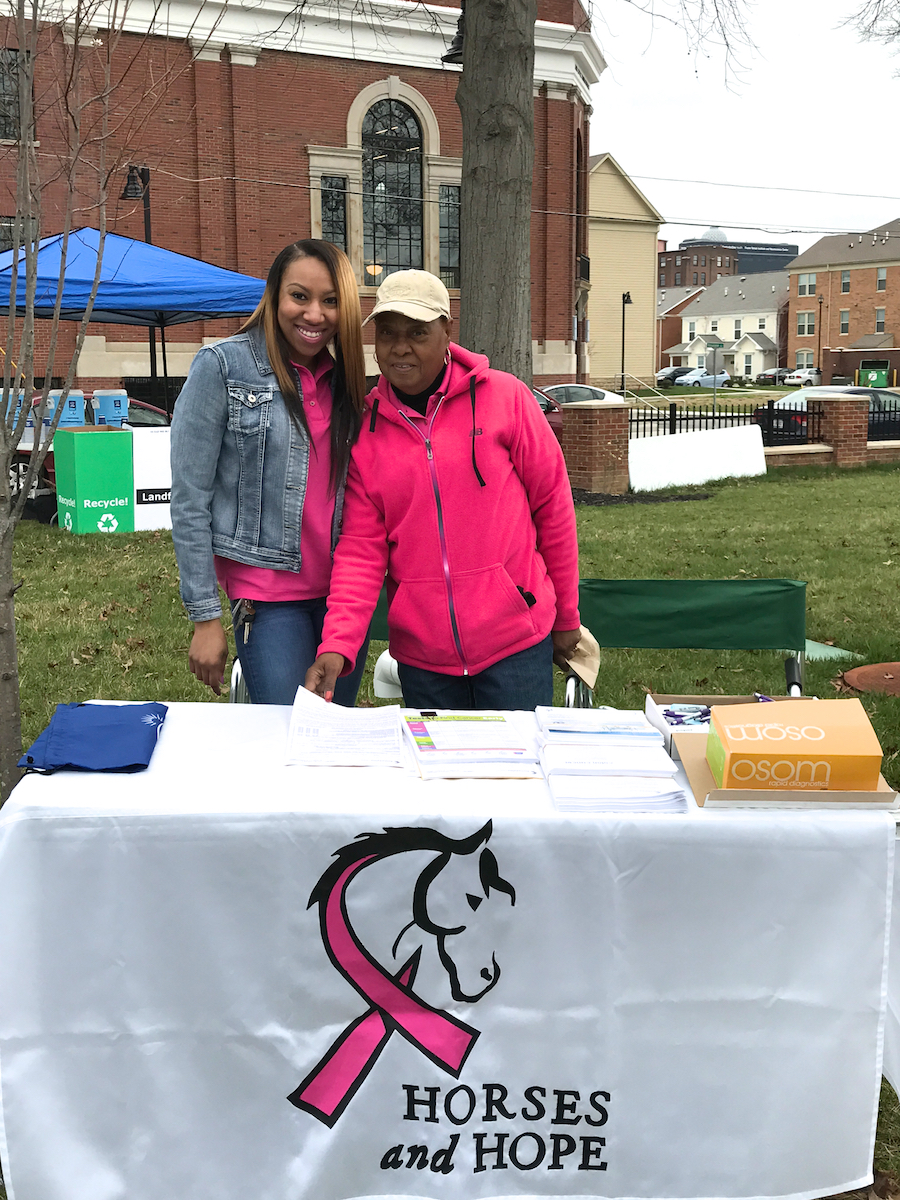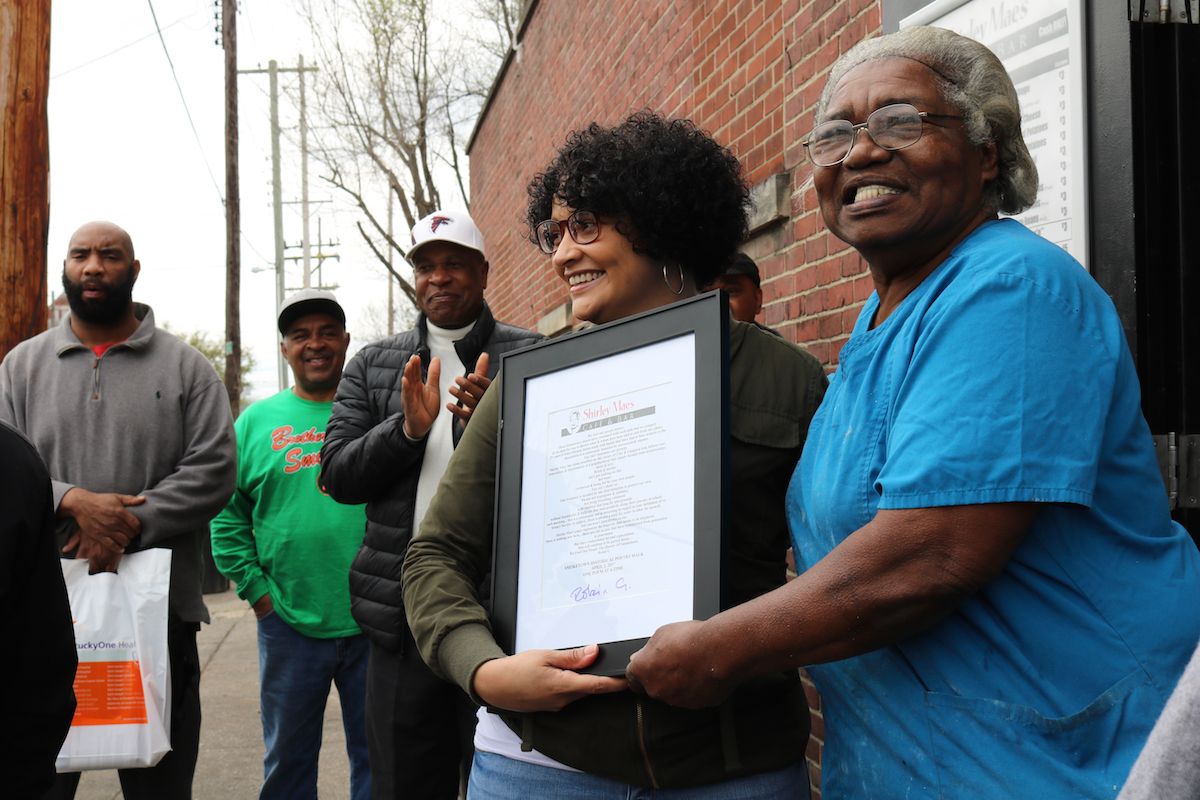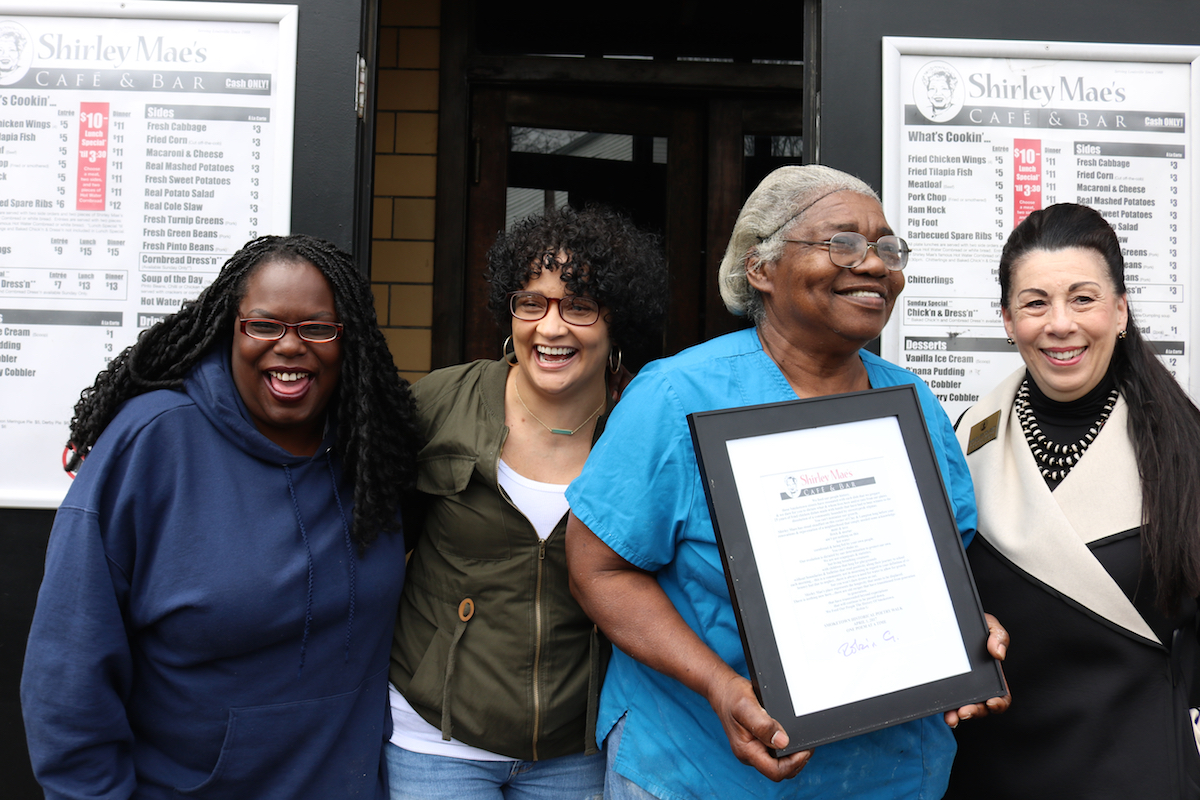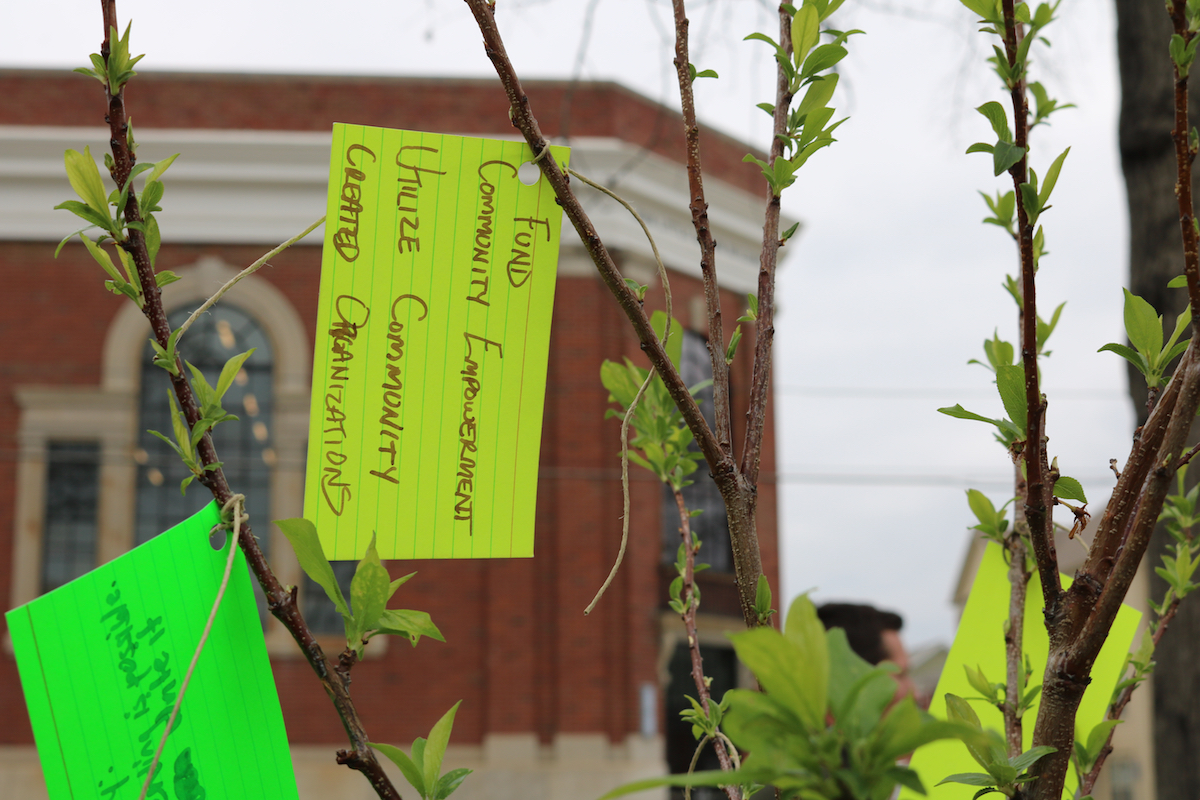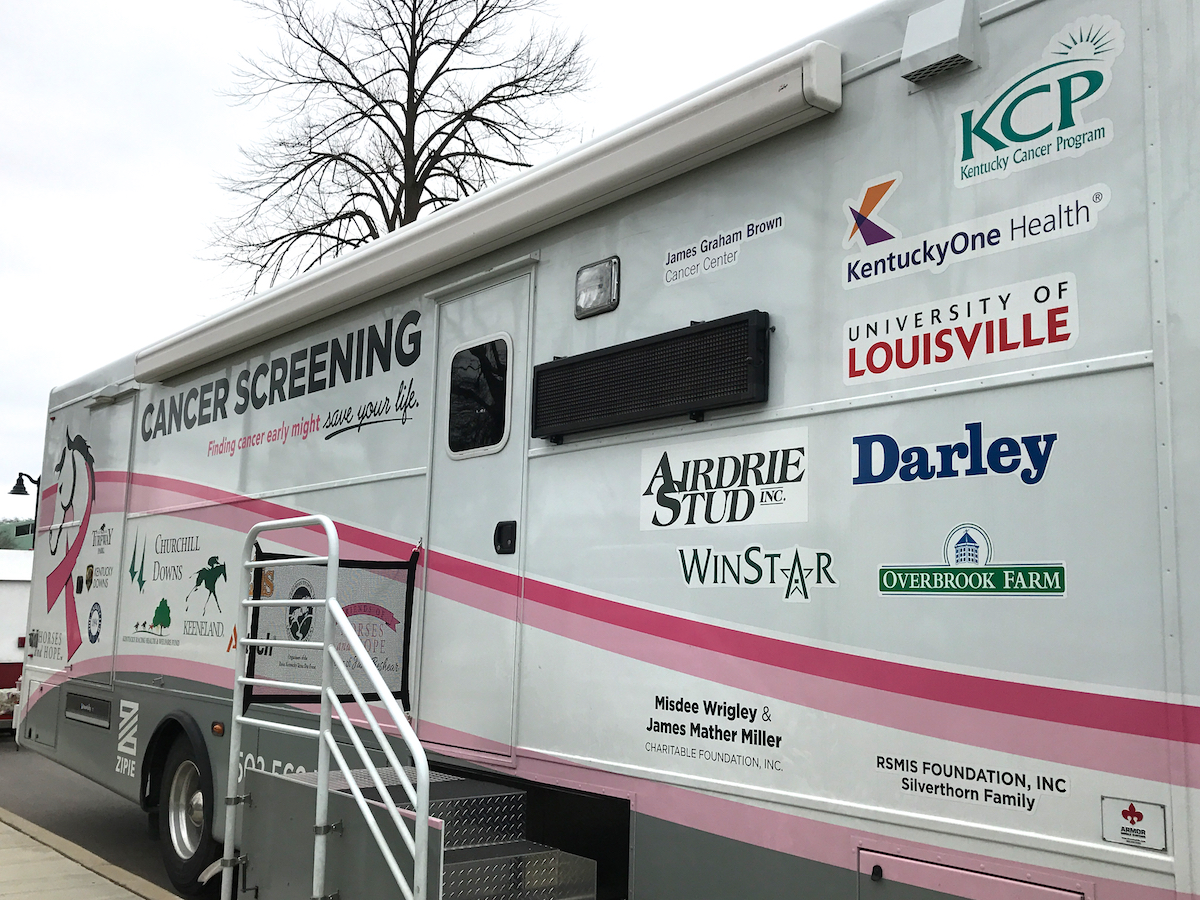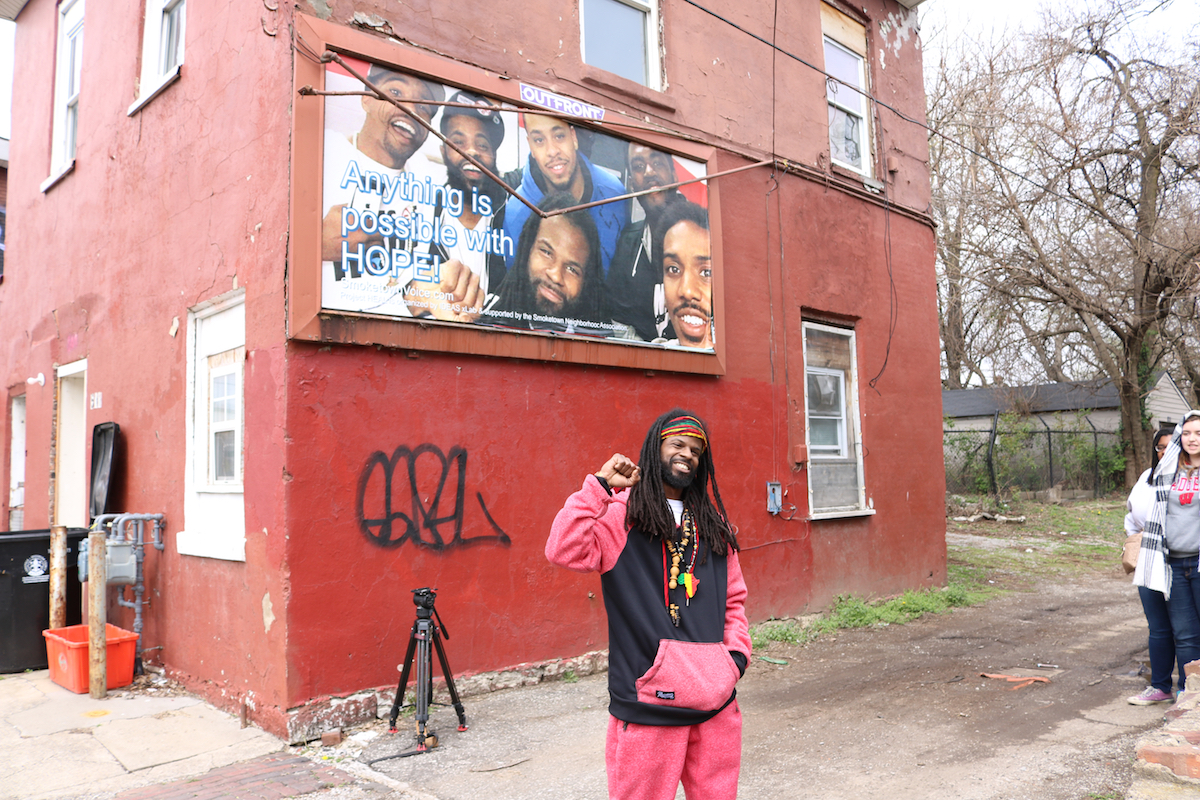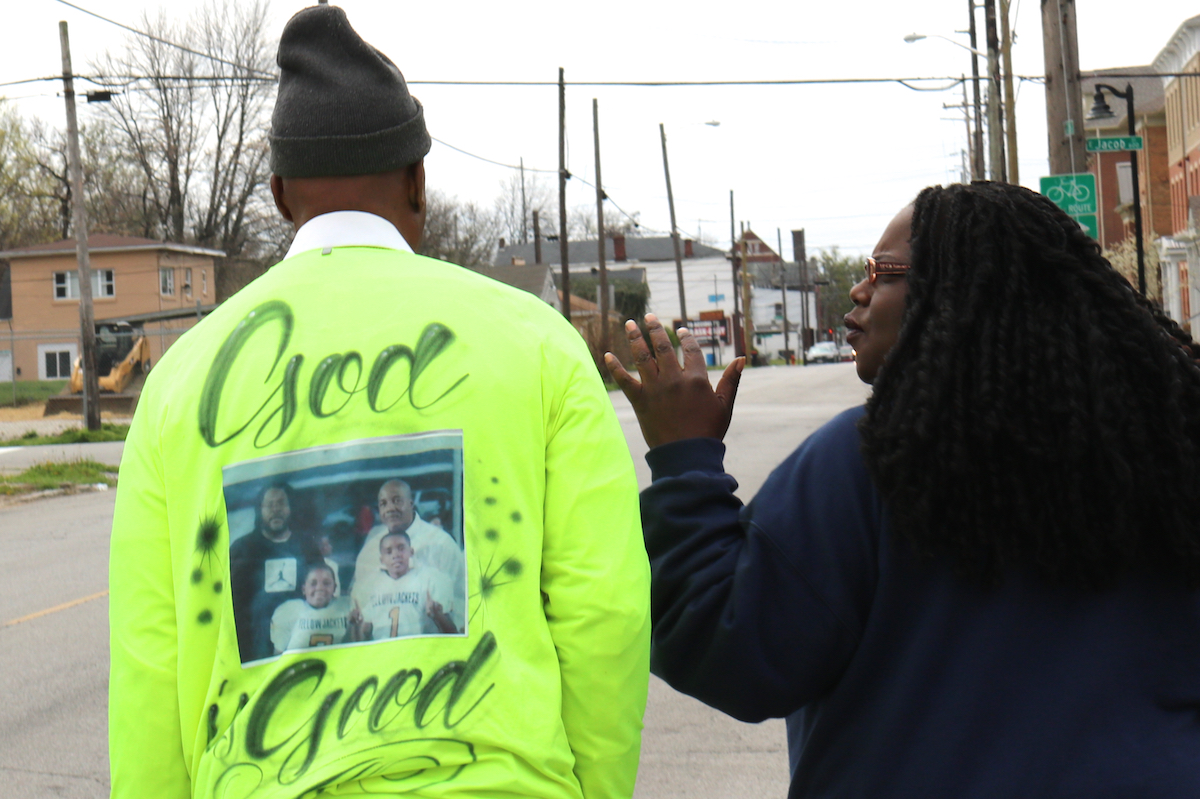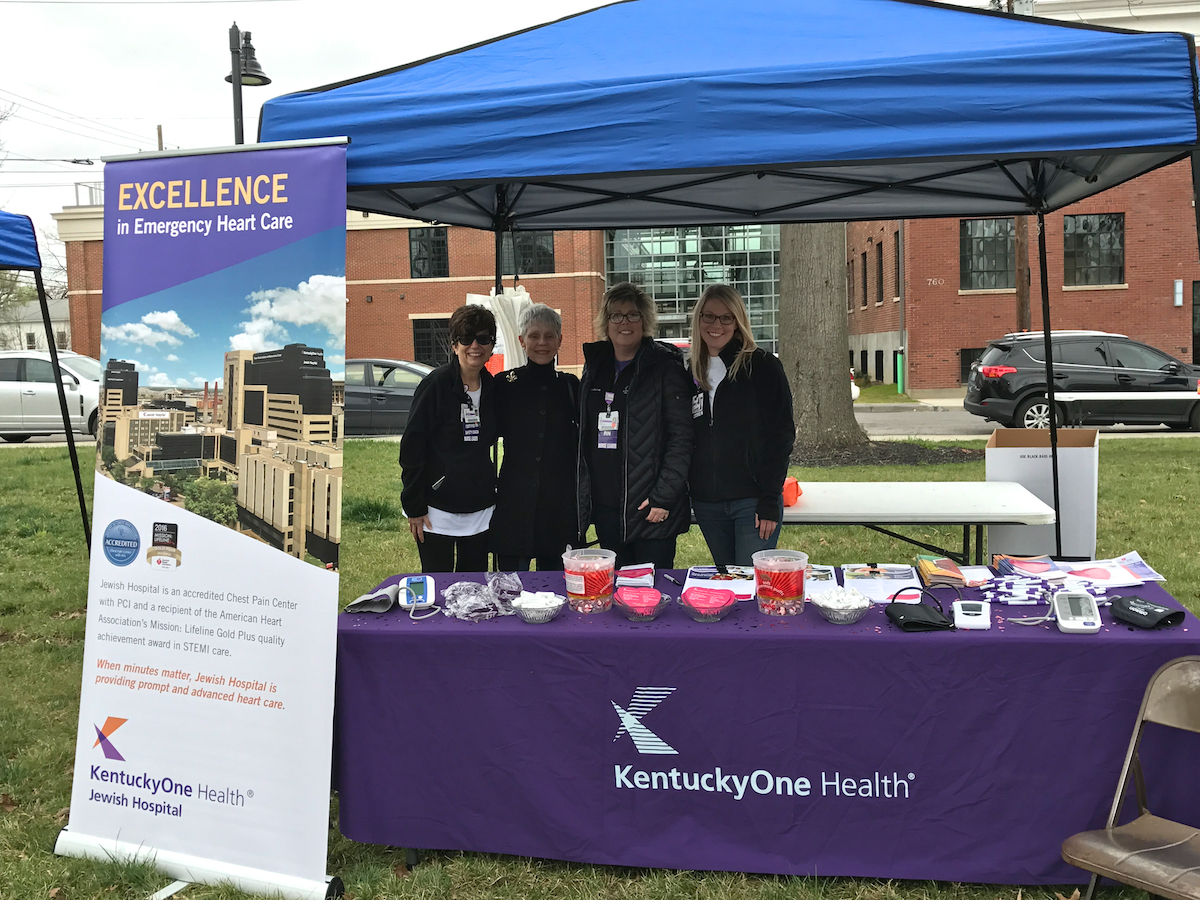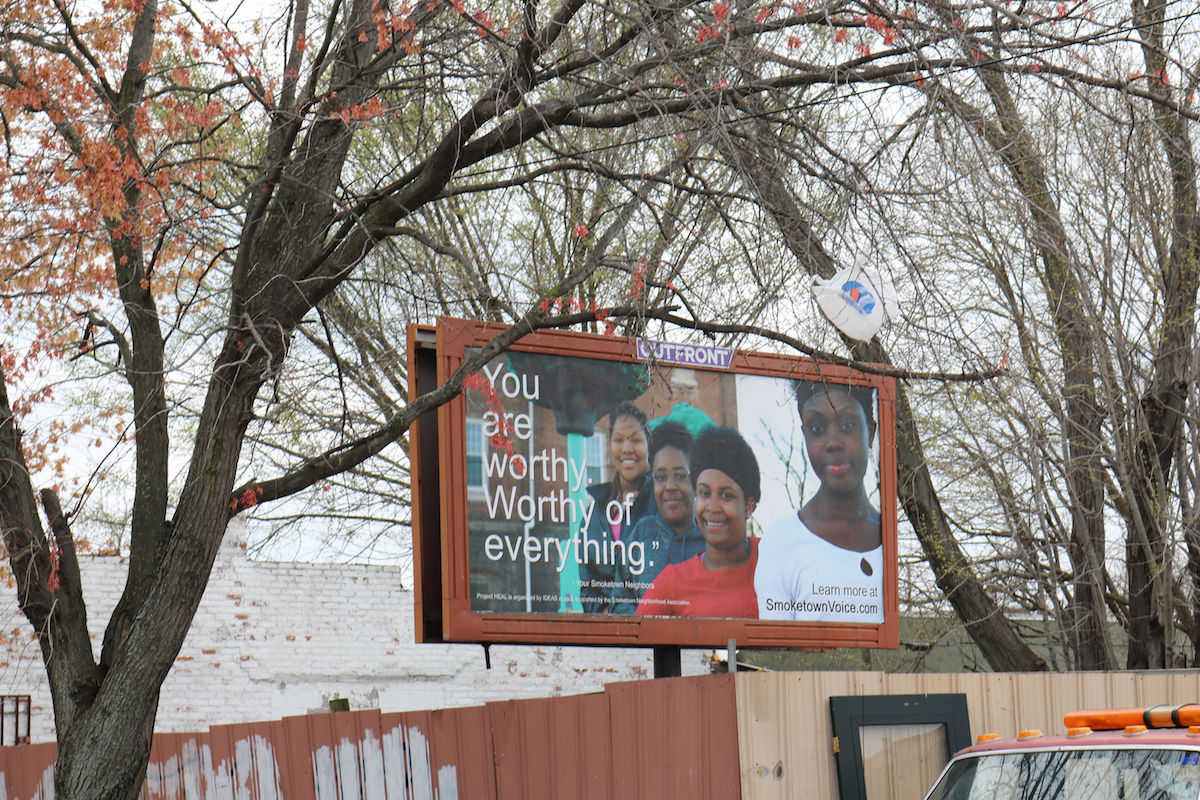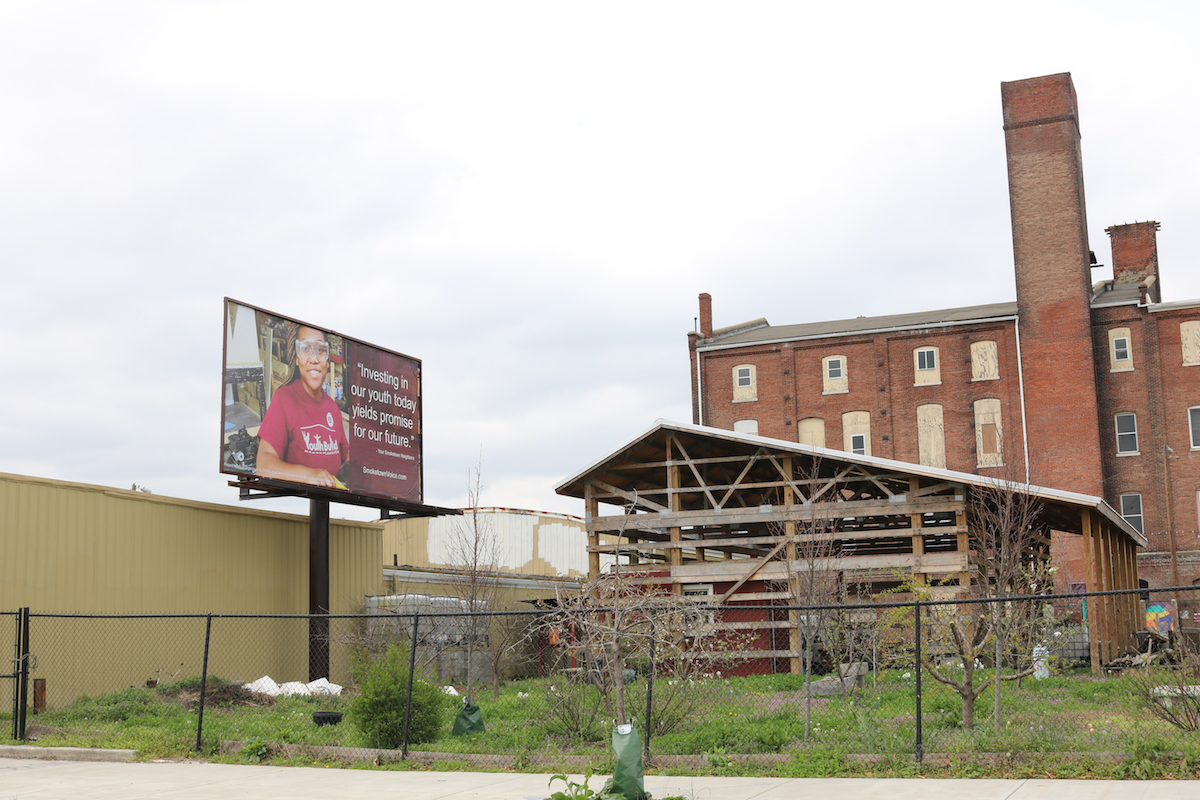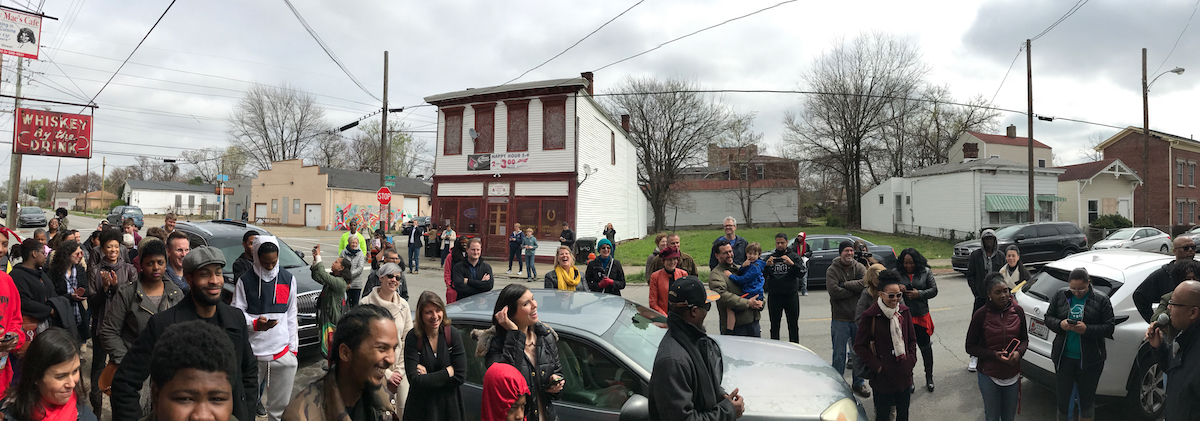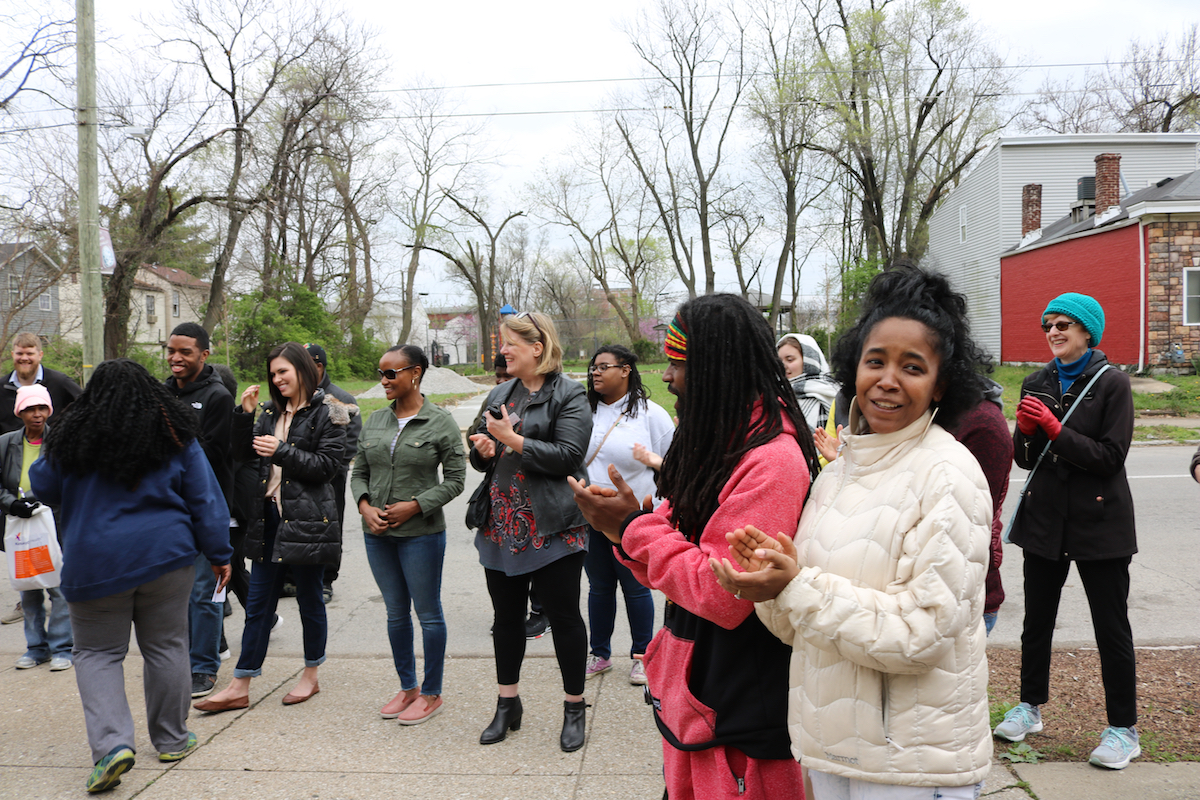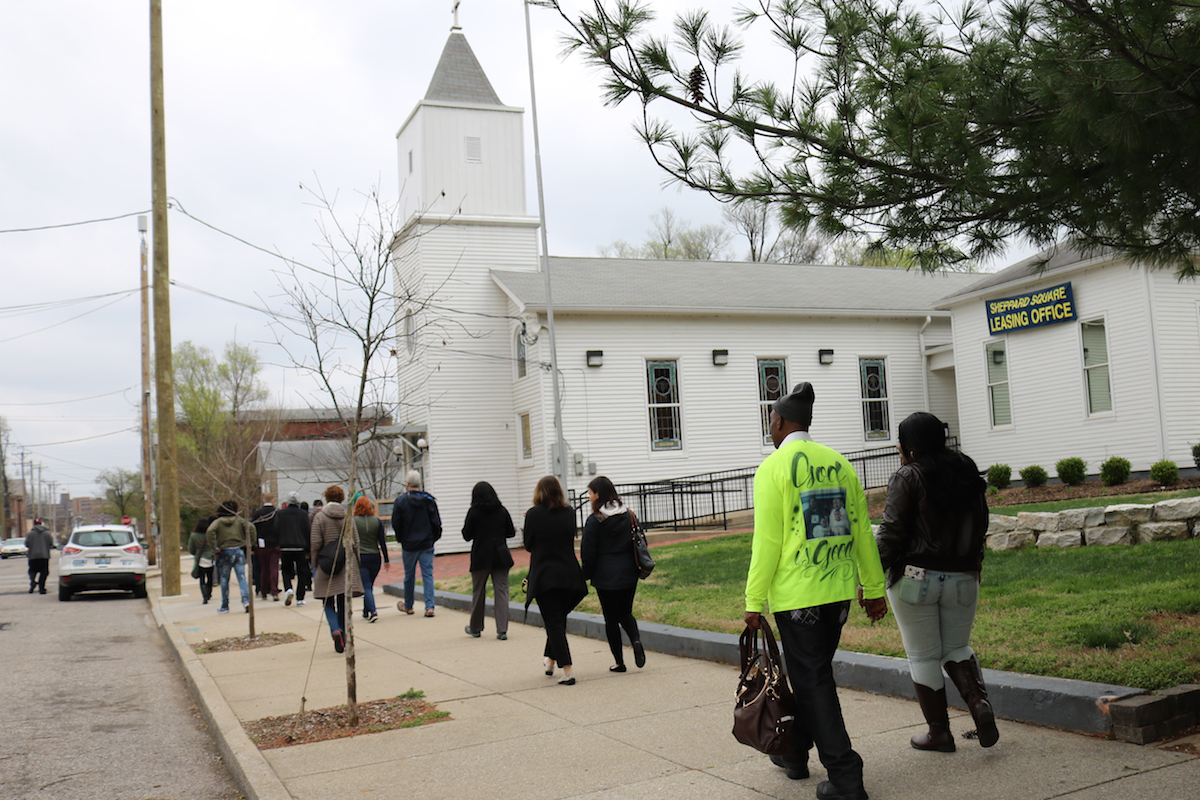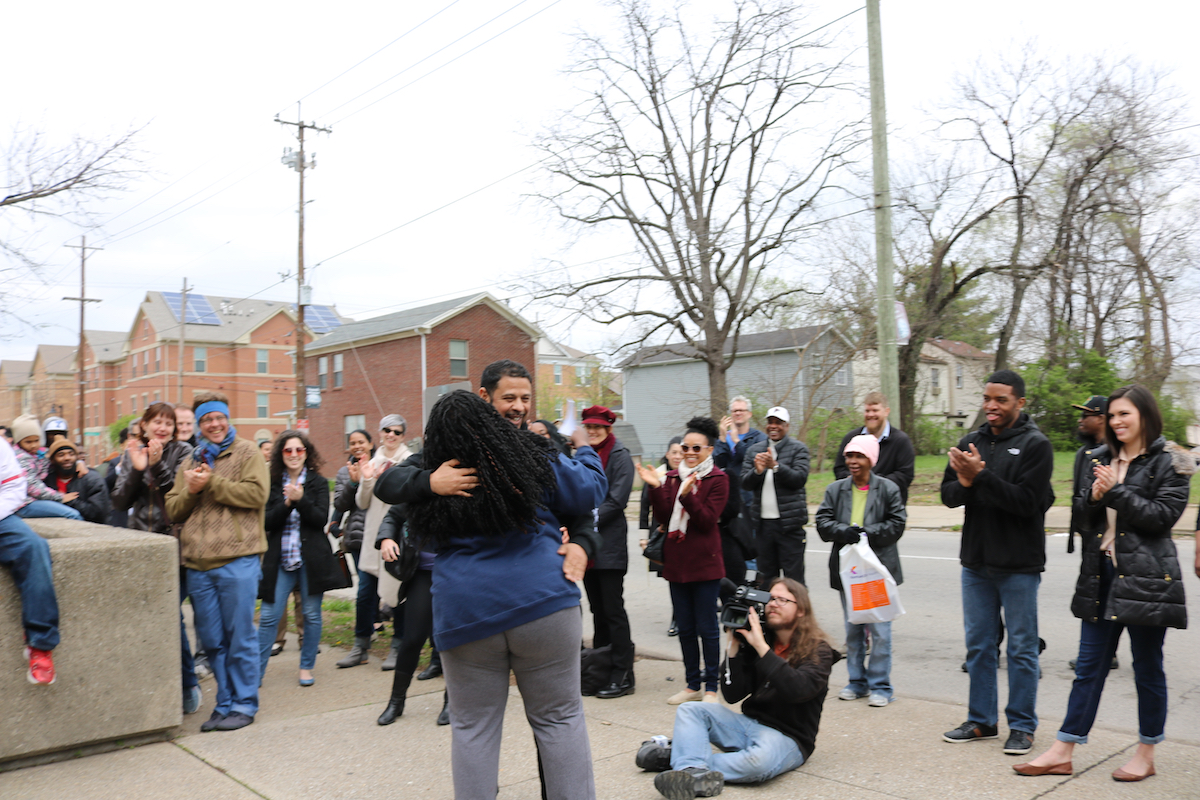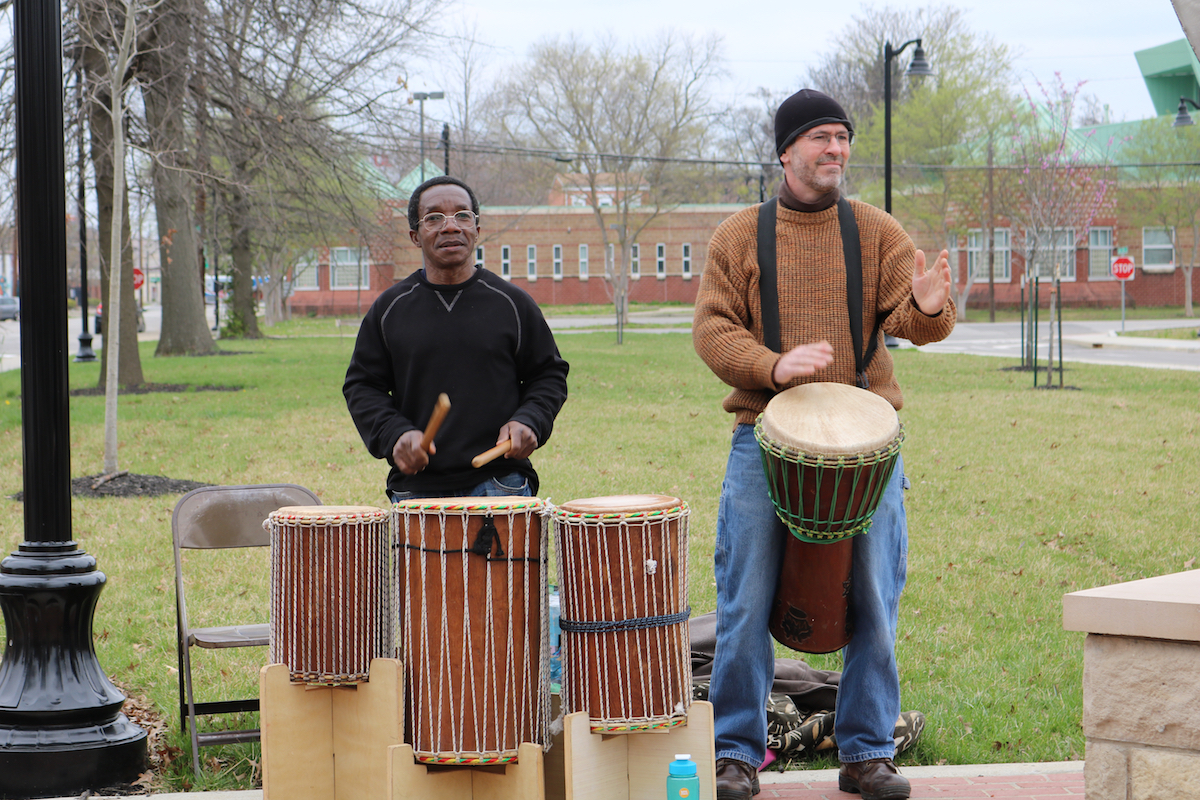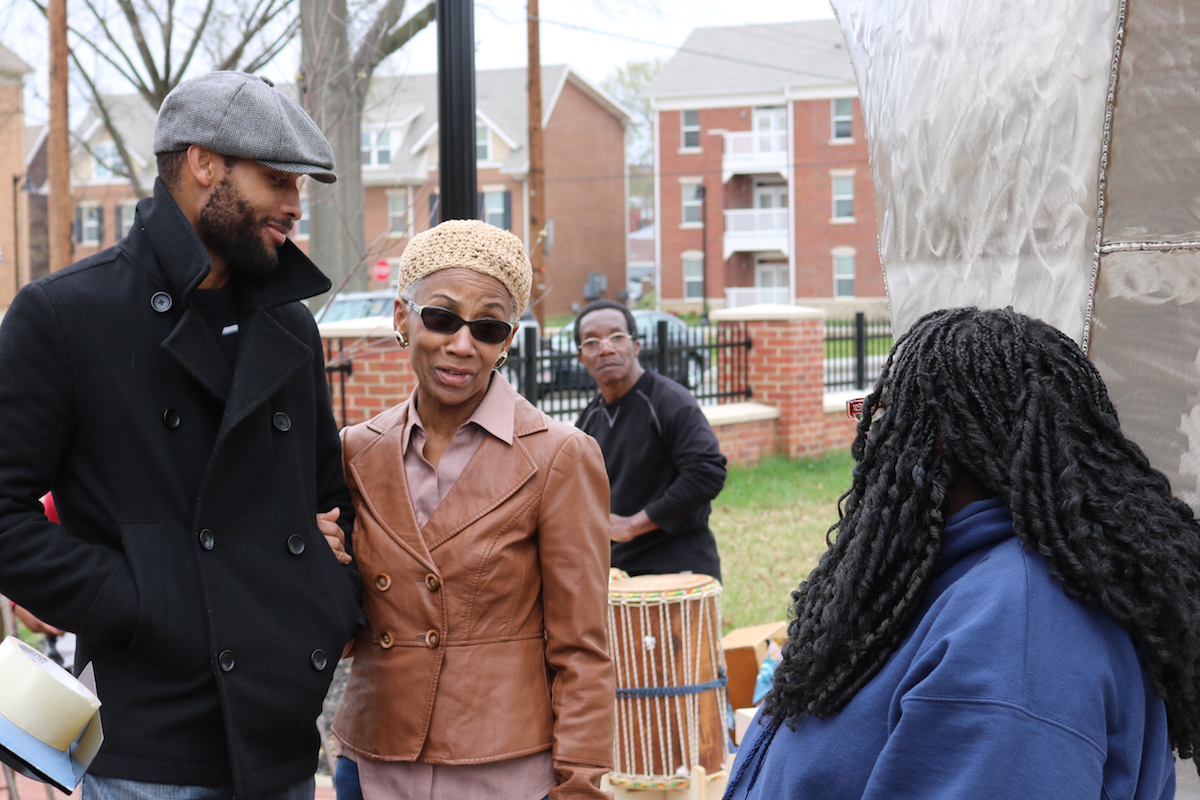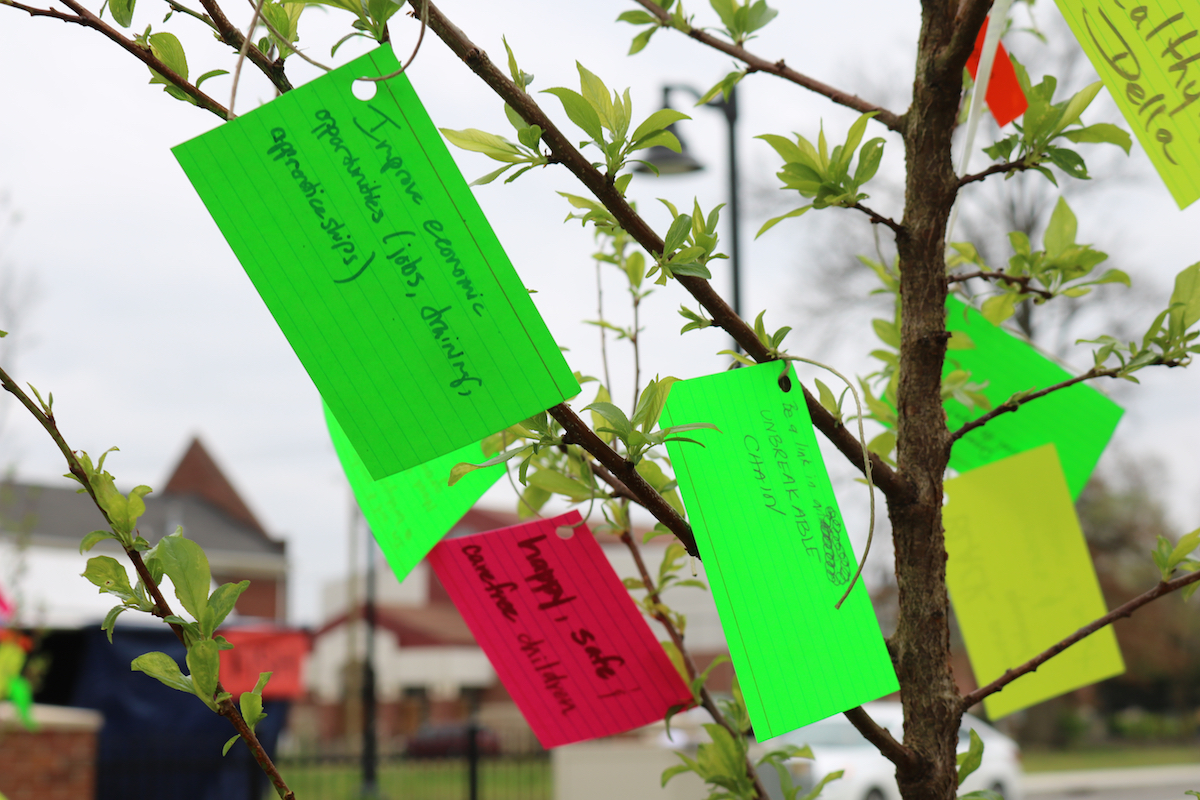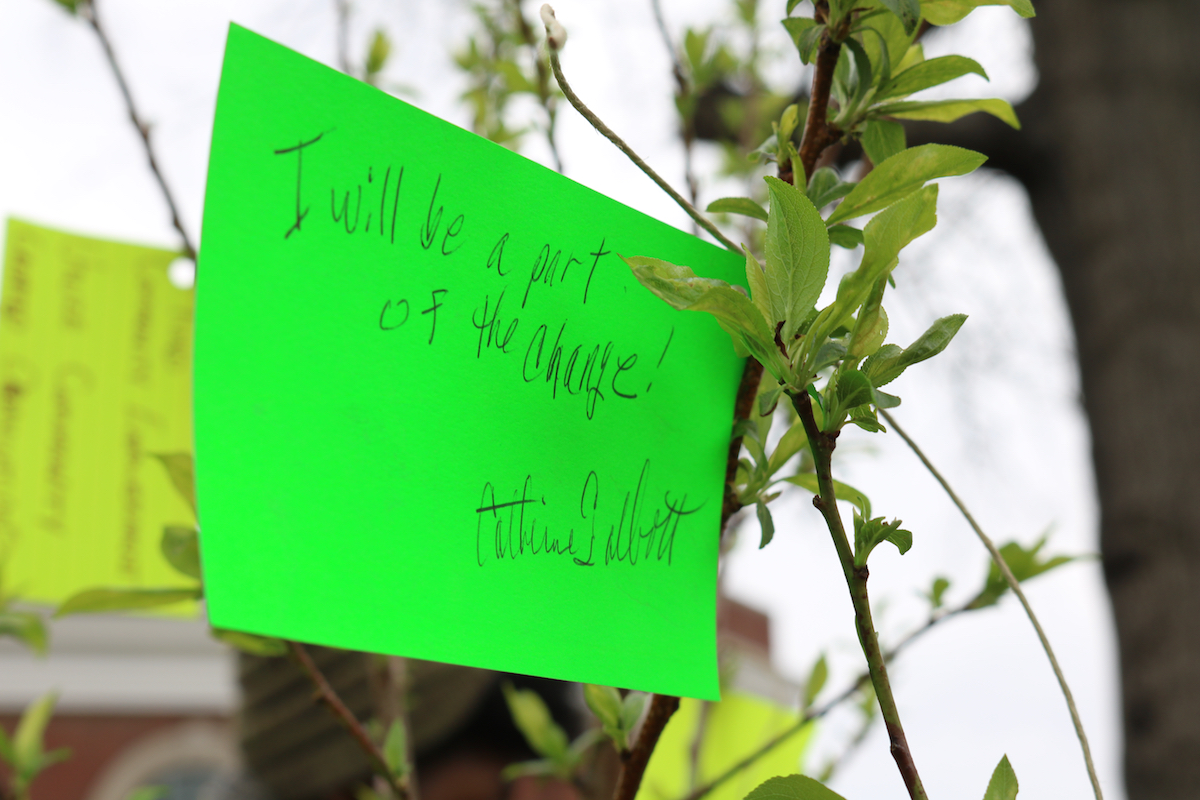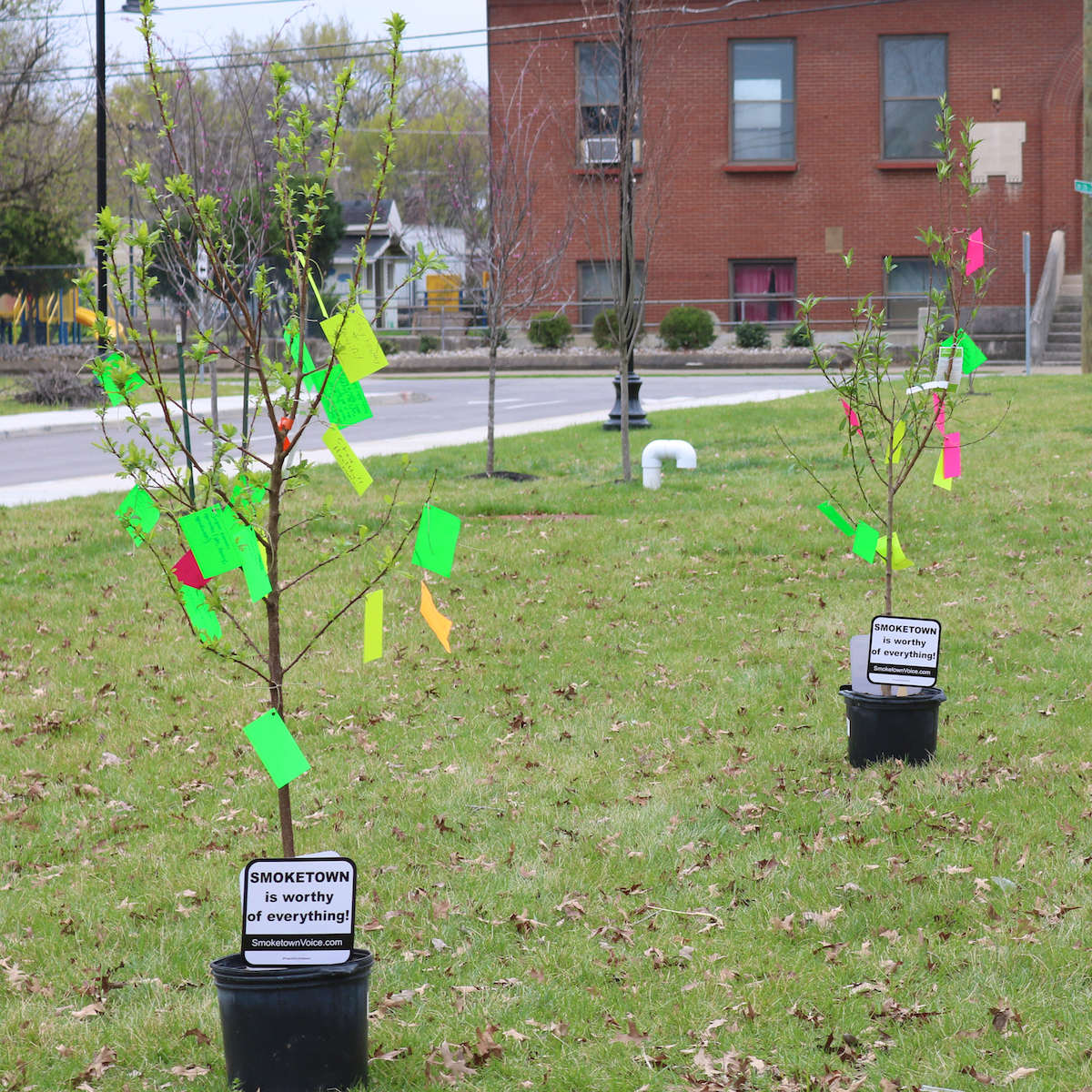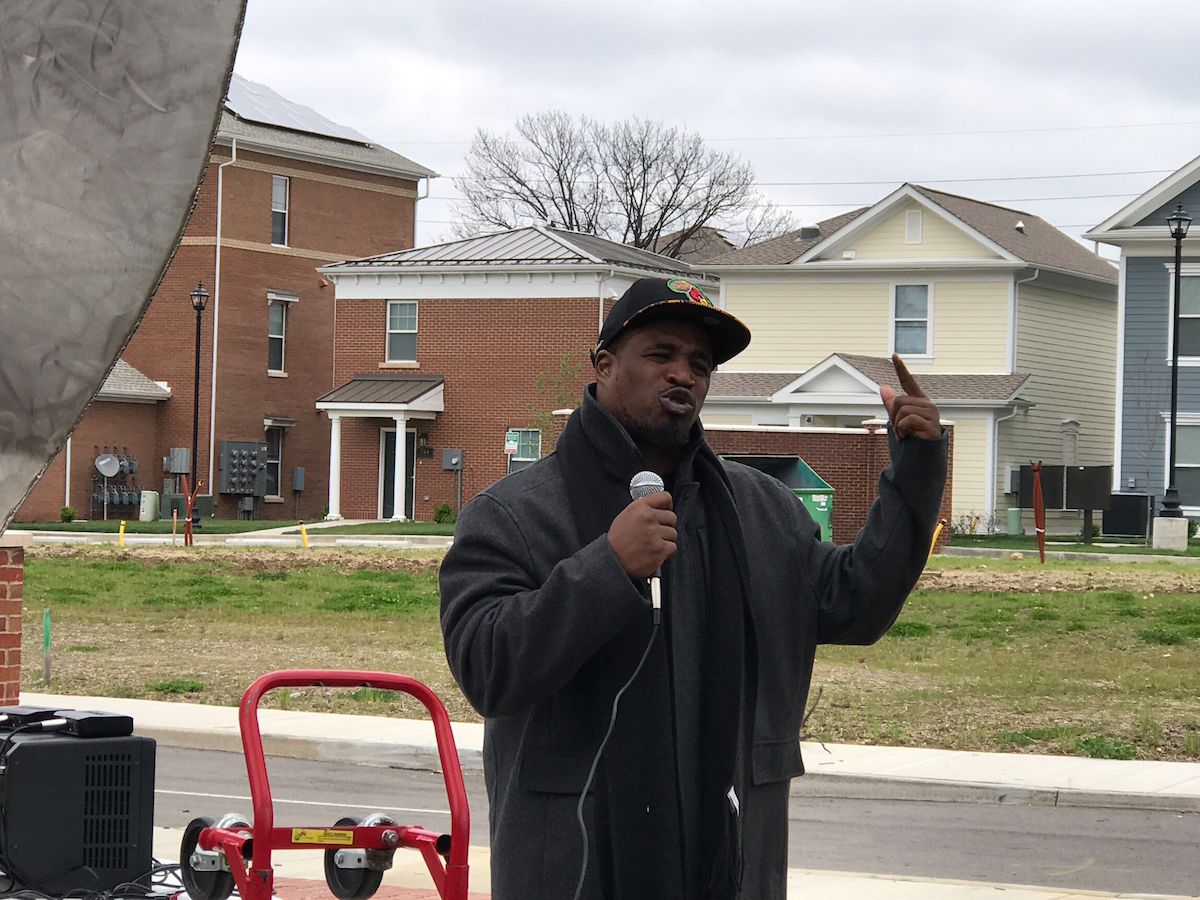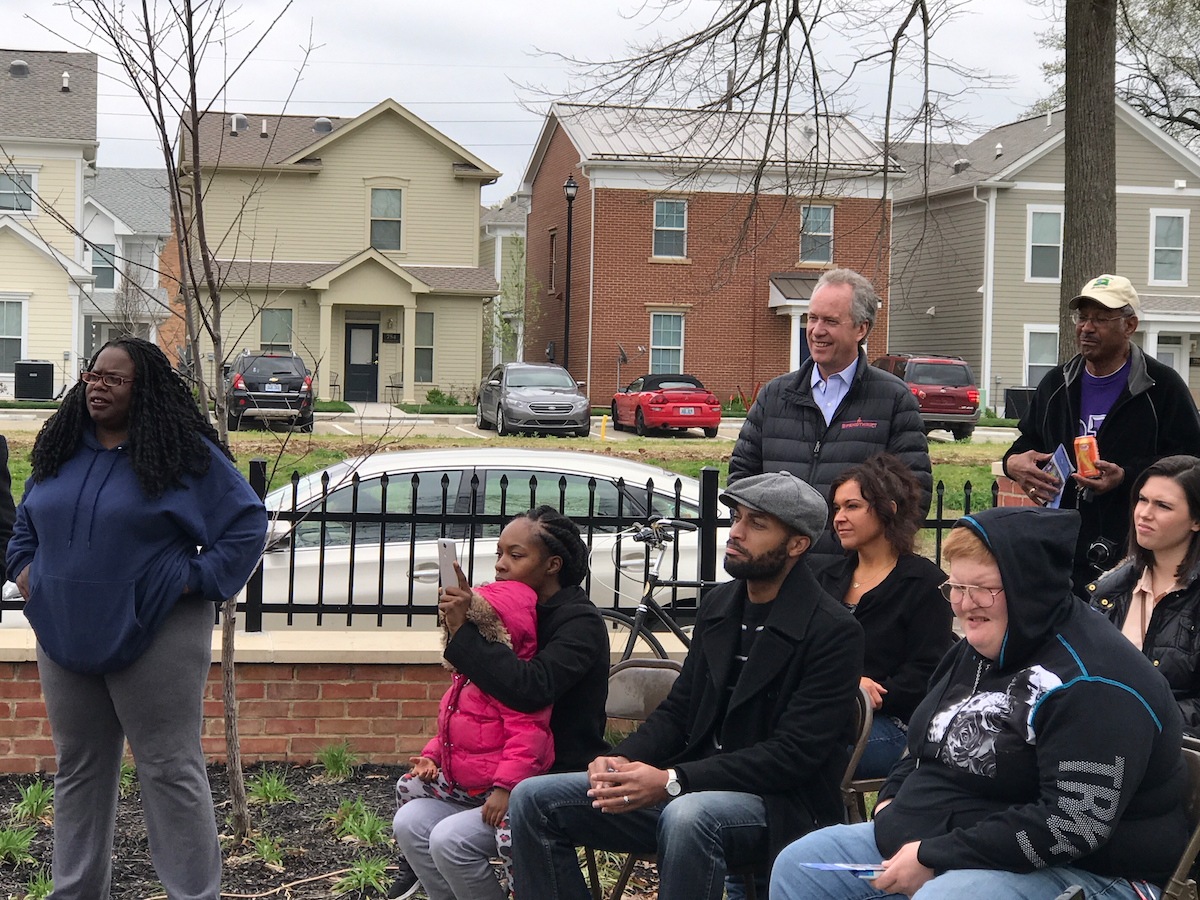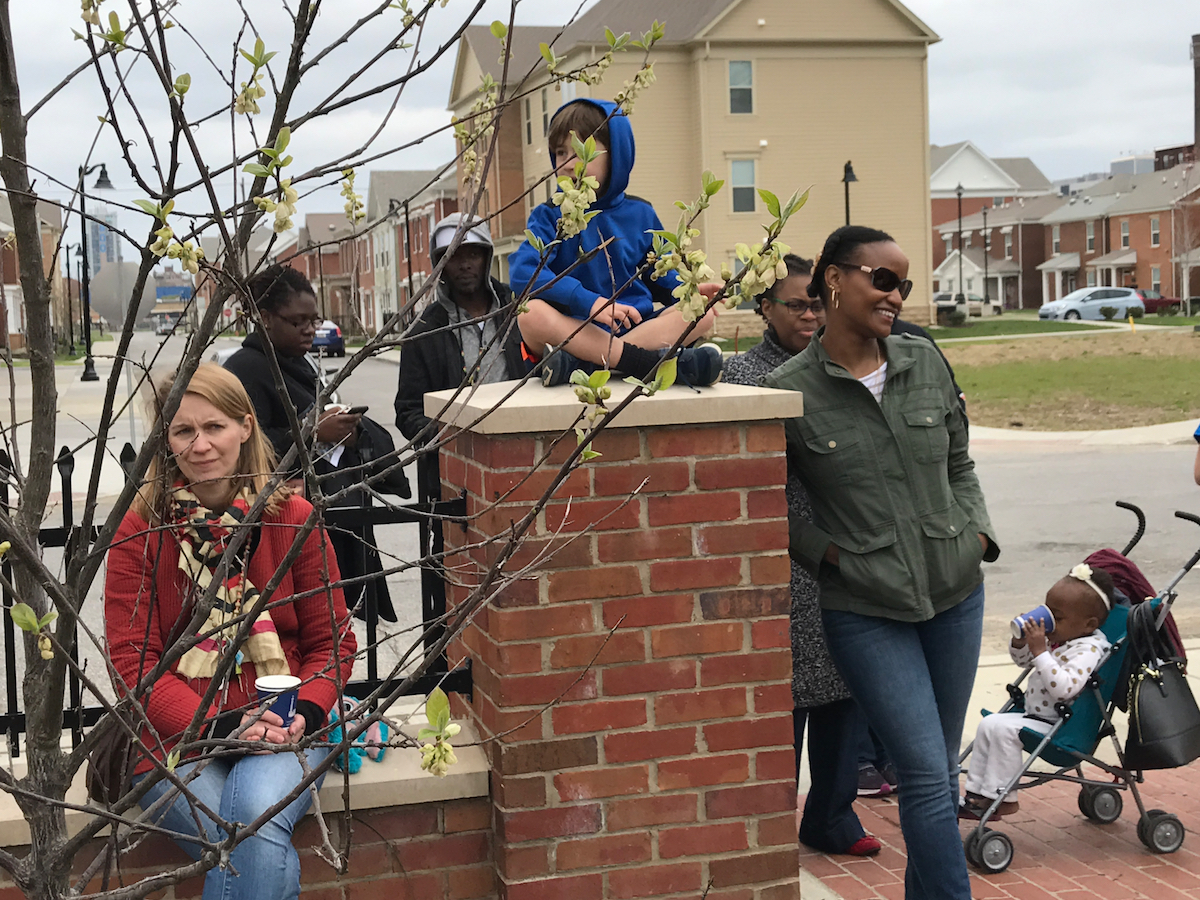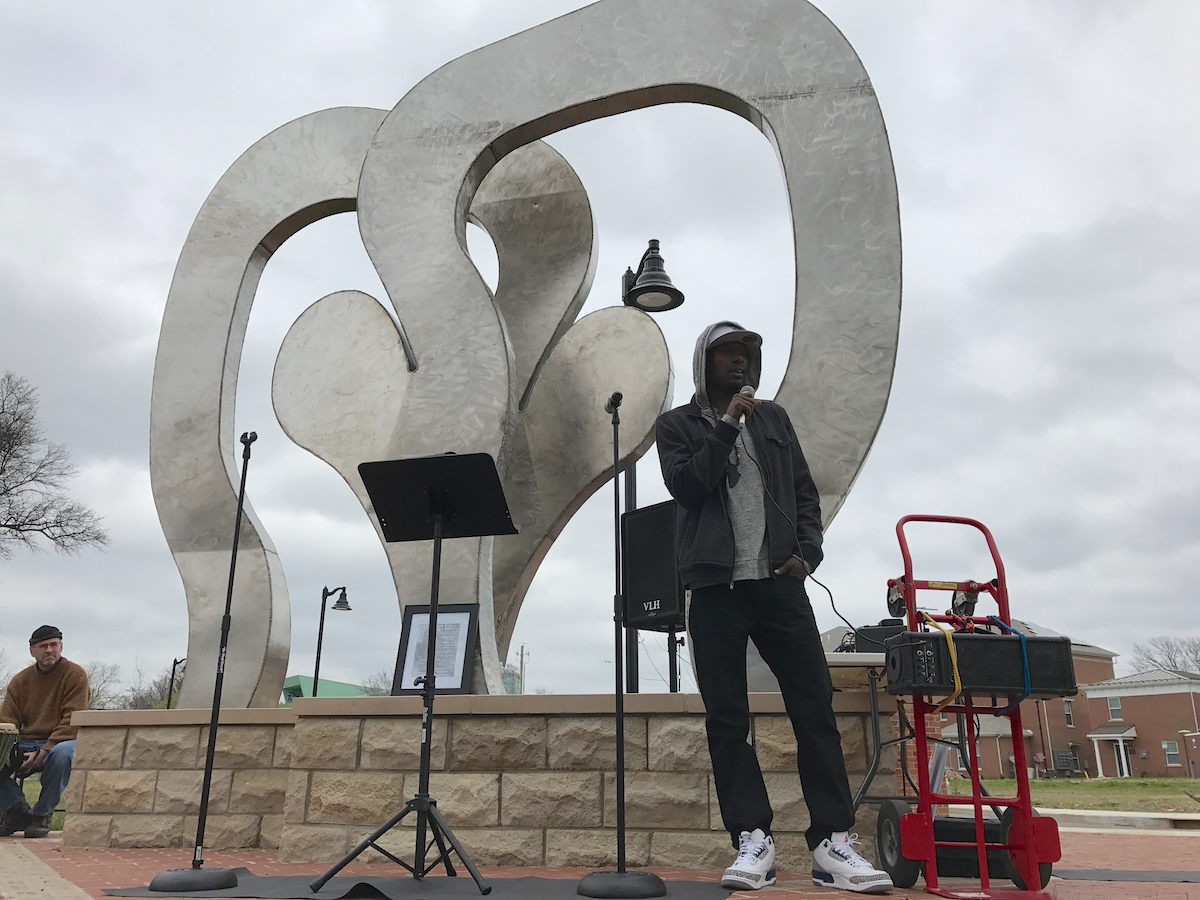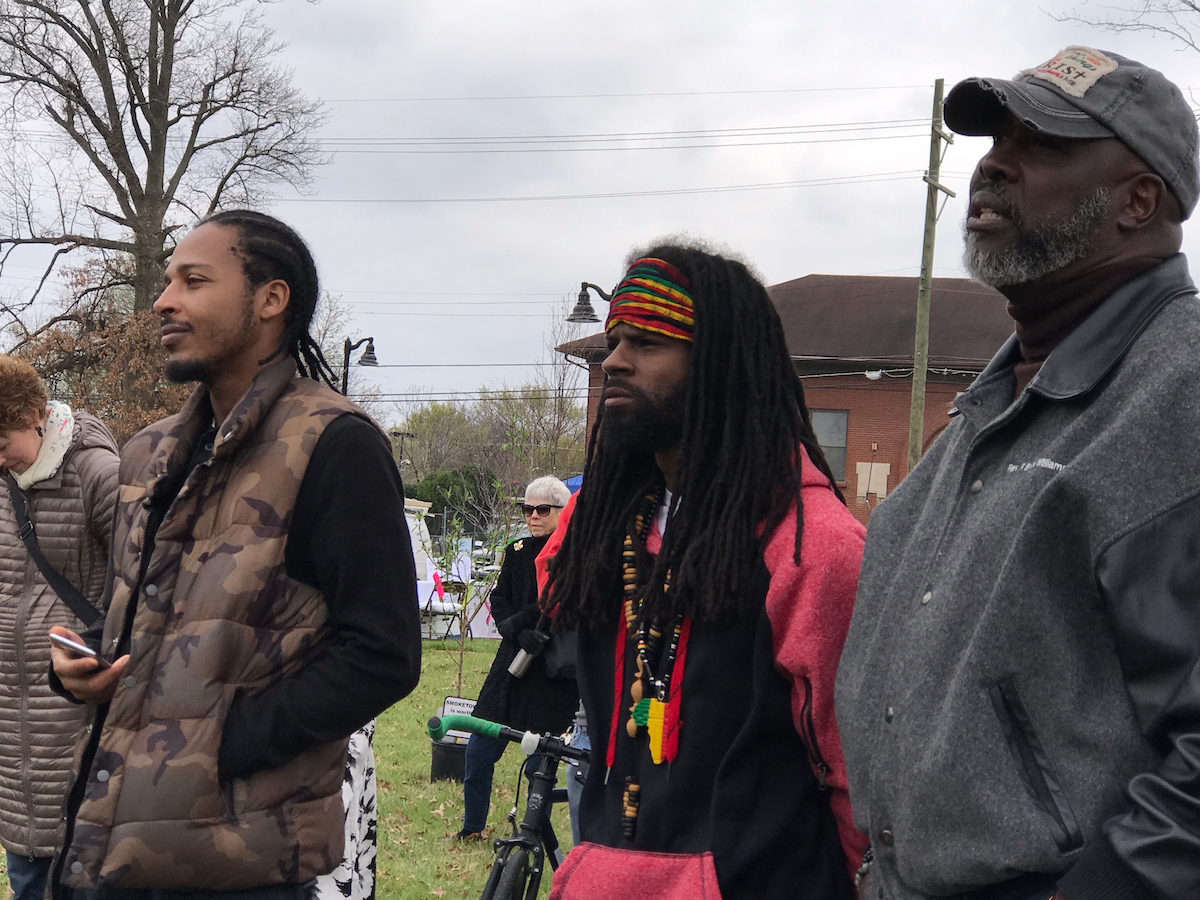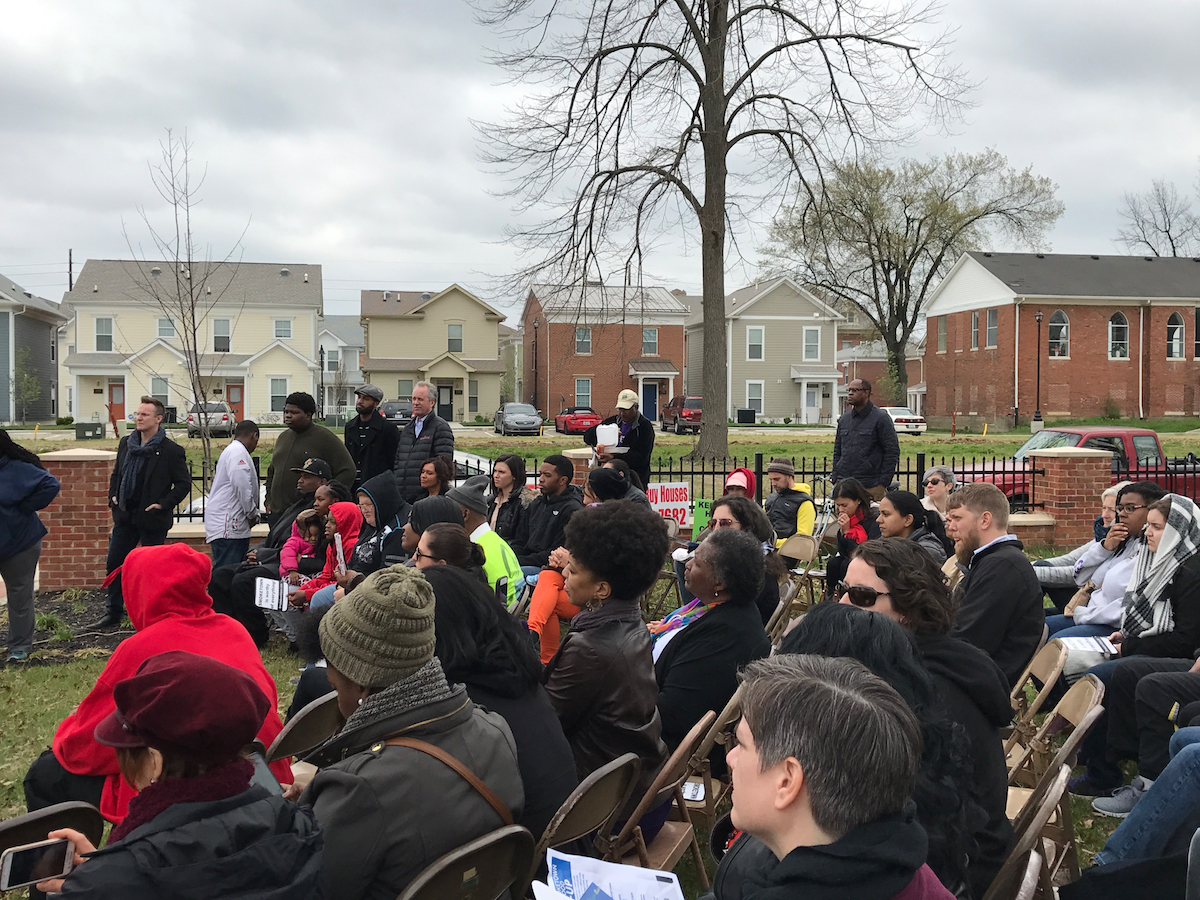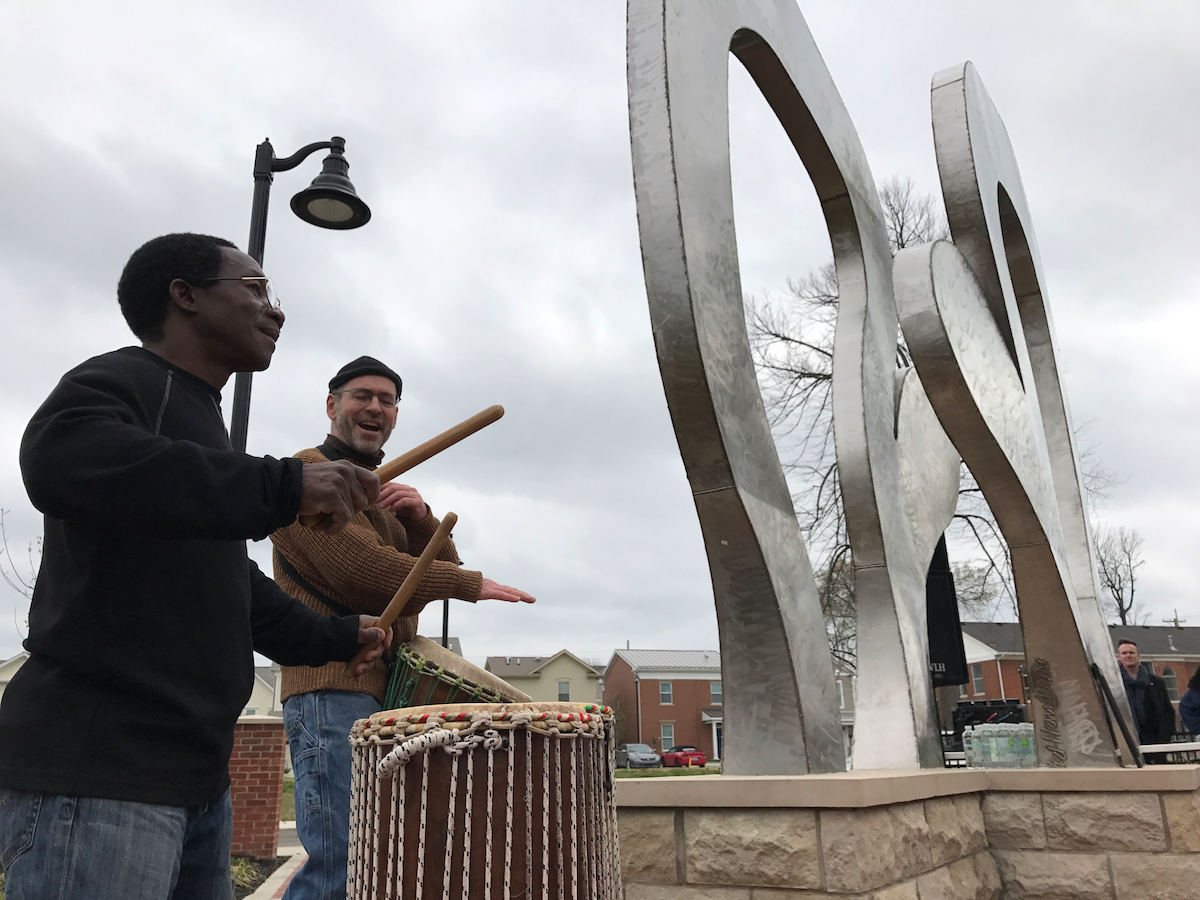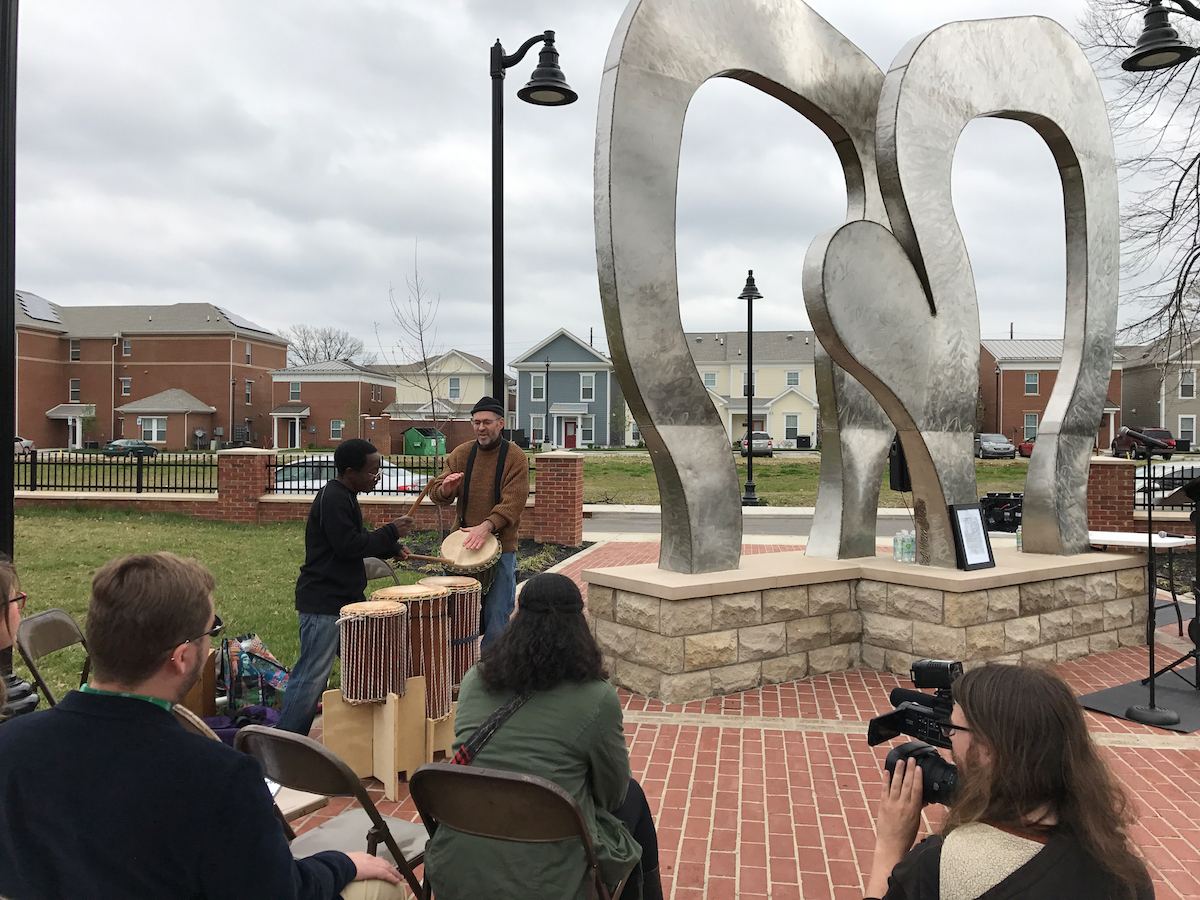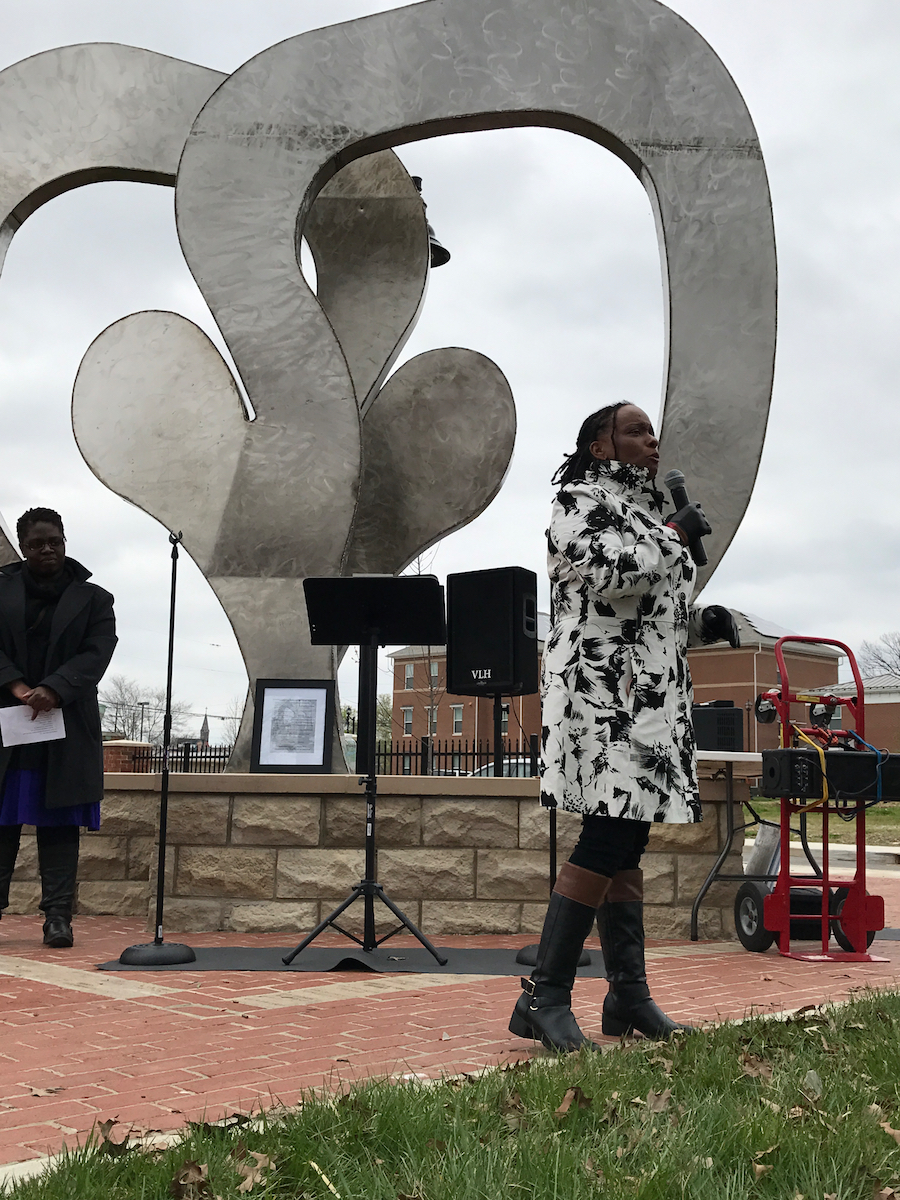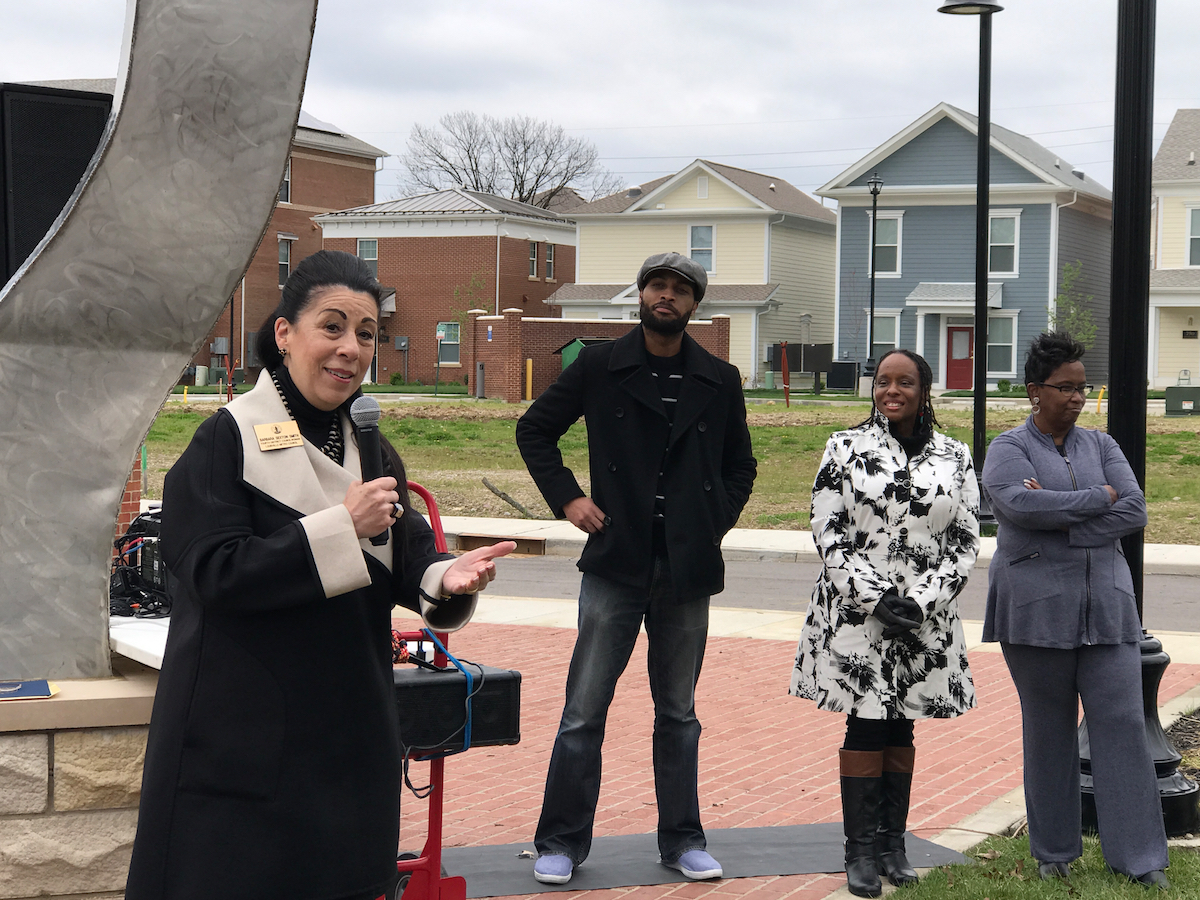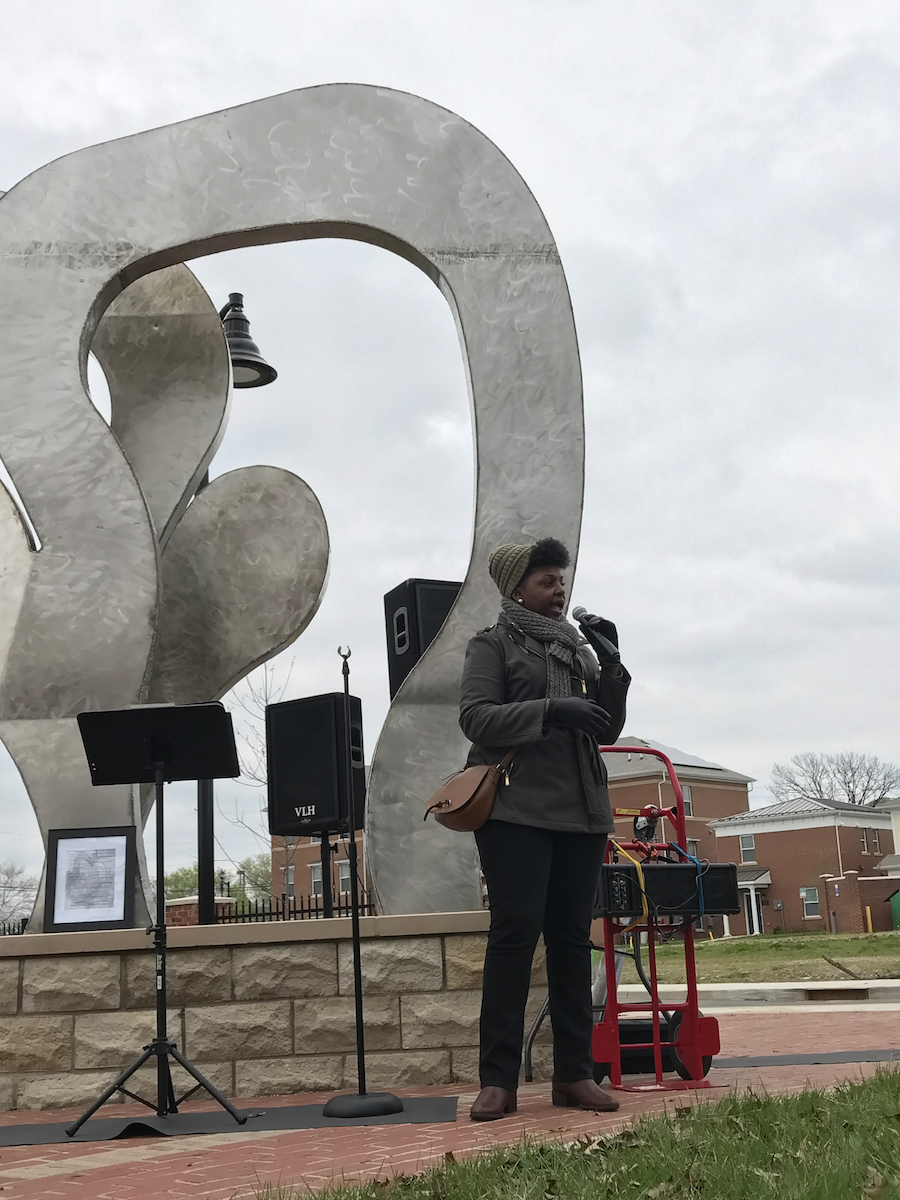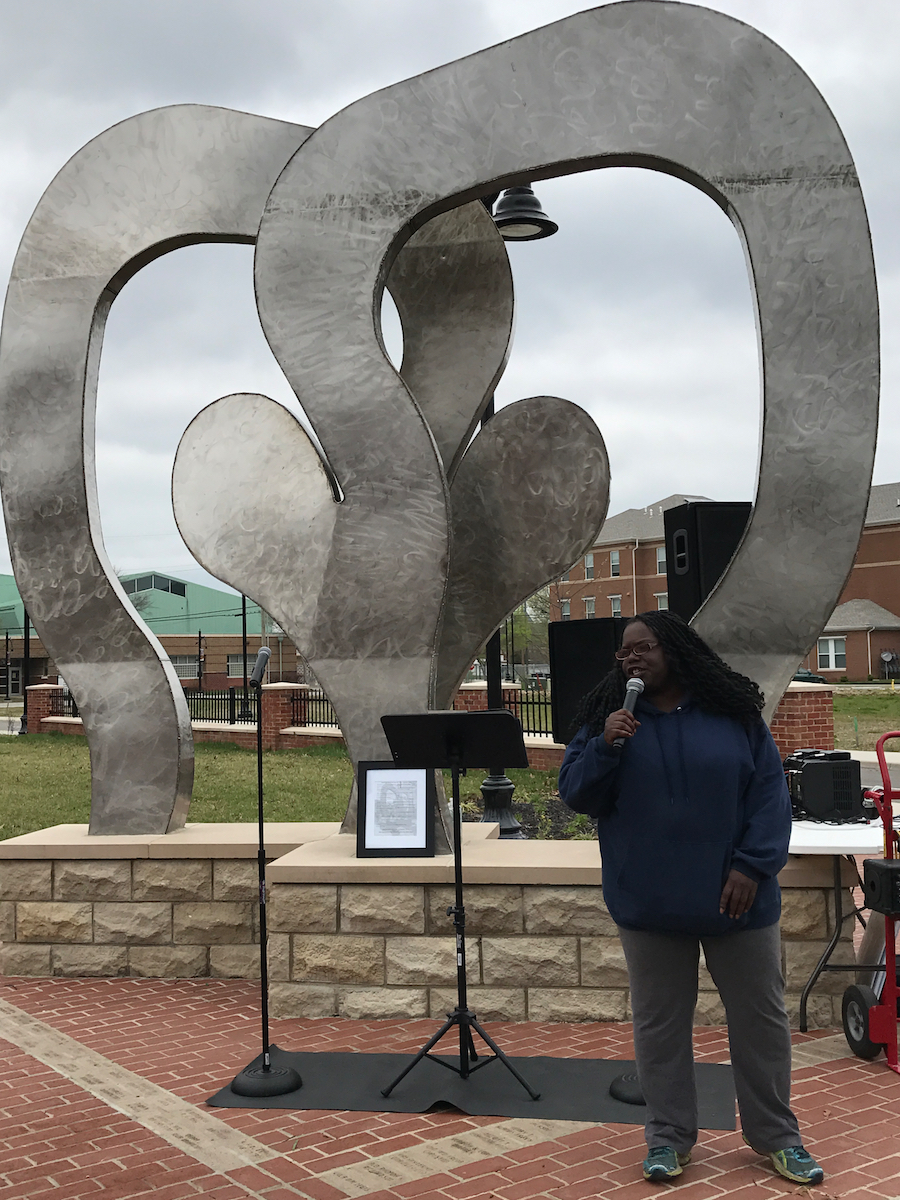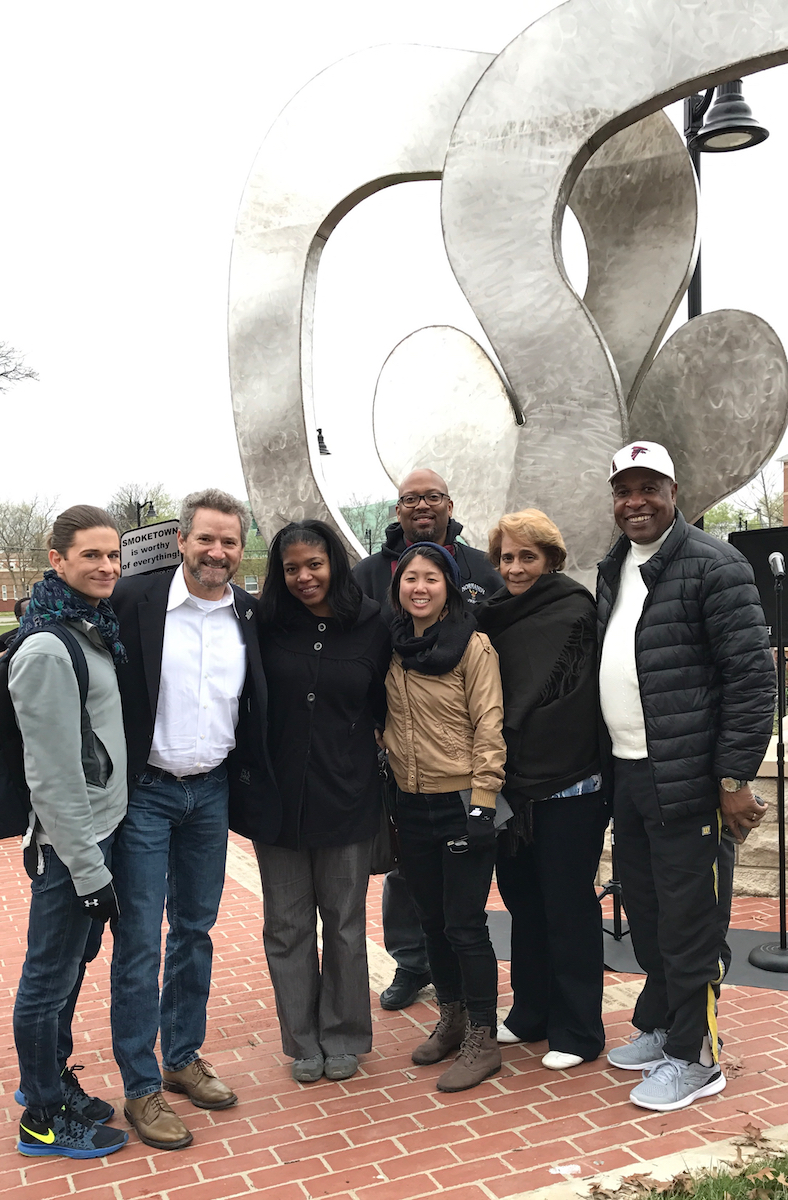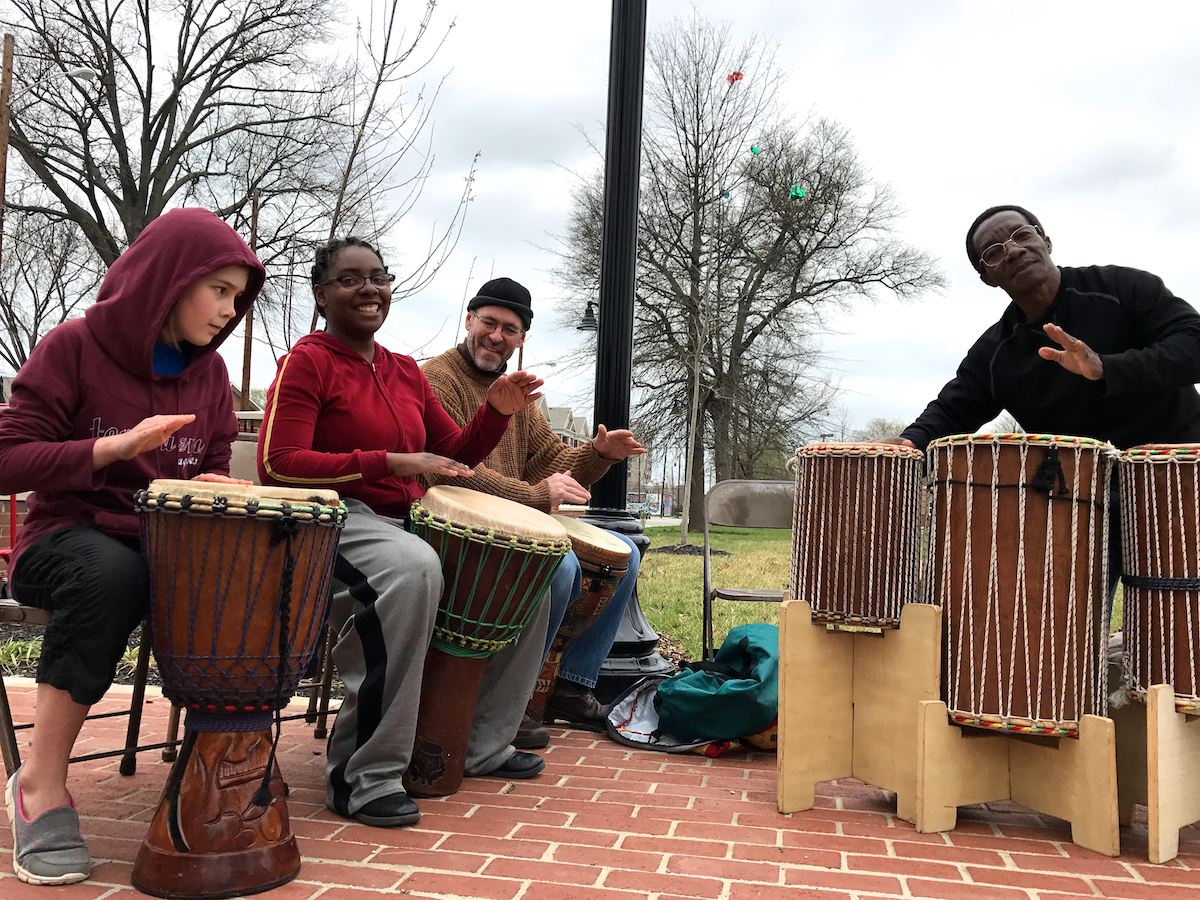Images above from the One Poem at a Time launch event on April 1, 2017.
About HEAL Smoketown
Prototype Site Location - Smoketown: Louisville, KY
Our HEAL Community Approach is currently taking place in the Louisville, KY neighborhood of Smoketown. Founded by formerly enslaved people after the civil war, Smoketown is Louisville's first and oldest historically Black neighborhood. Smoketown is rooted in a rich history of artistic expression, community and innovation that dates back to the 1850s. Since its formative years, Smoketown has benefitted from assets such as schools, churches, community centers, theaters and libraries to accommodate the needs of its residents and to educate, entertain and nurture the lives of those who live, learn, work, worship and play within its little over 100 acres. Once a densely populated neighborhood of 15,000, Smoketown residents now number around 2,000.
While rich in history and culture, Smoketown residents are of lower socioeconomic status. Years of racial segregation and other detrimental policies have had lasting implications for the well-being of Smoketown residents and for the opportunities they have to be healthy. Even in 2017, Time Magazine ranked Louisville the 8th most economically segregated city in America. Historically, low housing quality, high concentrations of poverty and limited access to quality educational opportunities and good jobs in the neighborhood have caused Smoketown residents to experience greater stress and to have a higher risk of illness and death. Even though it sits directly adjacent to the highest concentration of health, hospital and physician services in the state of Kentucky.
Despite Smoketown's proximity to clinical services, average life expectancy (69yo) of Smoketown residents is 9 years less than Louisville's average on the whole. During the past 3 years the neighborhood has experienced rapid change when Sheppard Square, the neighborhood's largest and oldest housing complex, was demolished. Nearly 400 families were displaced to other neighborhoods while new mixed-income housing was developed as part of a federal Hope VI grant. Today, after years of disinvestment, Smoketown is again on the rise.
For more information on Smoketown's rich history, assets and community development initiatives, please visit SMOKETOWN VOICE - a communications site that grew out of our HEAL Community Approach to improve community connection for a healthier Smoketown.
Examples of Artist Projects created through HEAL Smoketown:
IDEAS xLab's Cultural Producer and Spoken Word Artist, Hannah Drake, developed a unifying project called One Poem at a Time Project which consisted of a "poetry walk" event (photos above) and also replacing negative outdoor messaging on billboards and posters in the Smoketown neighborhood with positive poetry, community members photos and heritage facts about Smoketown's proud cultural history. The program is now focused on a policy change initiative to limit predatory advertising in low income census tracts with high levels of health disparities.
Drummers, Greg Acker and Hamidou Koivogui, conducted five pop up drumming stations within various areas of Smoketown to gather stories, facilitated deeper communication within the community, and used drumming as a tool to introduce personal healing into community health.
Ballet dancer, Cynthia Brown, led dance and movement as a therapeutic art form in the Smoketown community.
Poet, Shelton McElroy, used photography and poetry to develop and implement a community assessment tool that is aimed at gathering information about community needs, identifying target populations and areas within the community that may be at increased risks and assessing the larger community environment and how it can play a role in addressing the needs of individuals in the community.
Visual artists, Caitlin Kannepell and Rachael Mauser, used art expression and screen printing with the youth to foster ideas for increasing youth led community leadership.
Visual artist, Sketch Basel Bibbs, used graffiti to celebrate and teach about Smoketown's proud heritage as the place where Muhammad Ali learned to box.
Writer, Bobbi Buchanan, used "6 word memoirs" to explore how to better support trauma informed community development by exploring the cultural narratives of grief caused by trauma and strategies for coping.
Sculptor, Andrew Cozzens, used sculpture to investigate the measurement and impact trauma-induced "time poverty" in the Smoketown community and used that information to support the Center for Health Equity in their 2017 Health Equity Report.
Actress, Emily Stewart, used devise theatre to probe the role of stress in police relations within the community.

